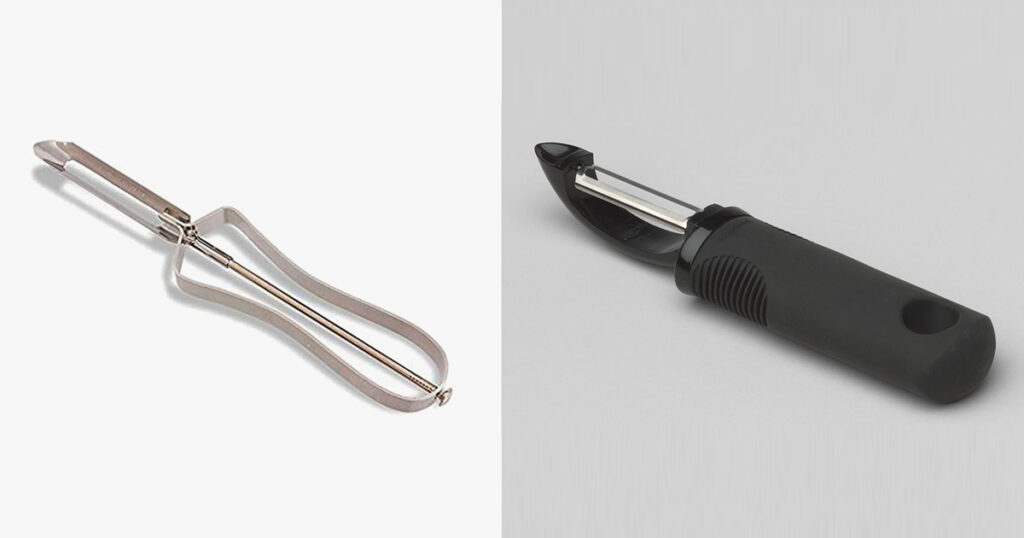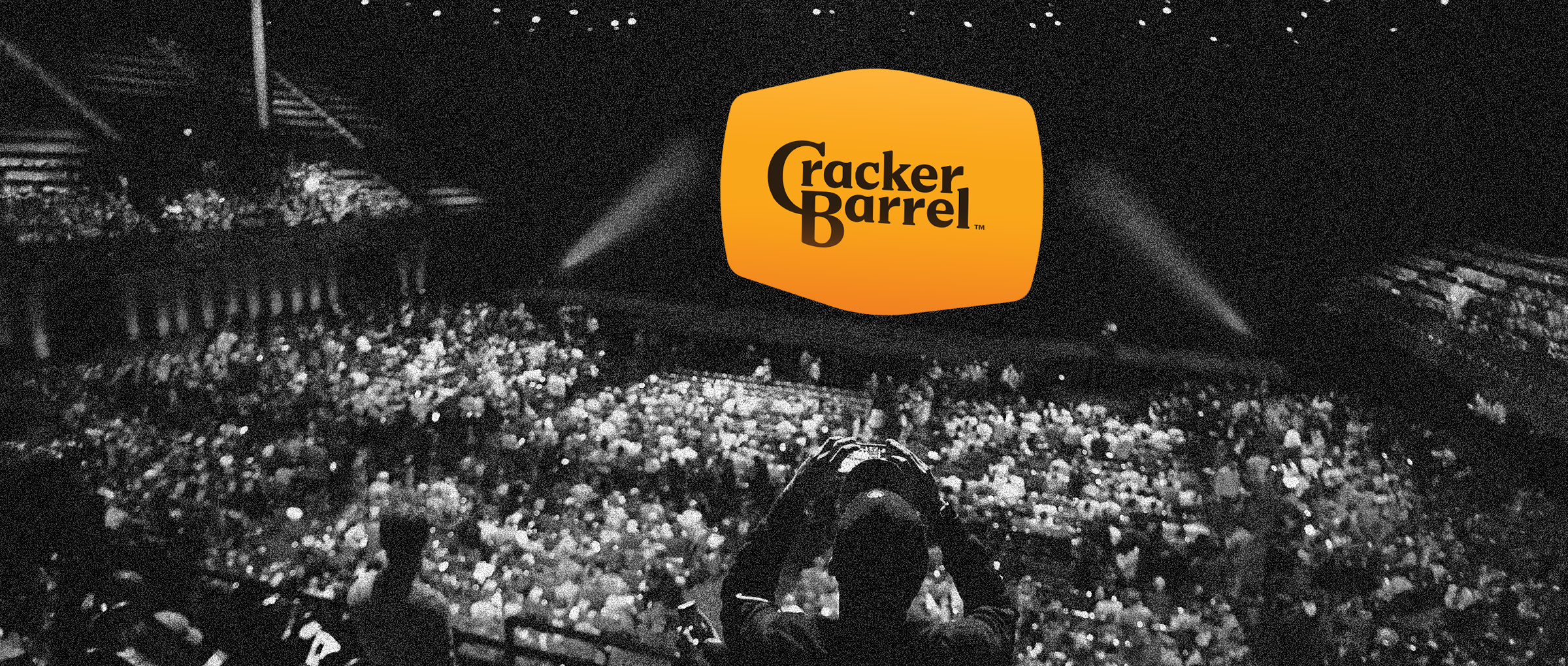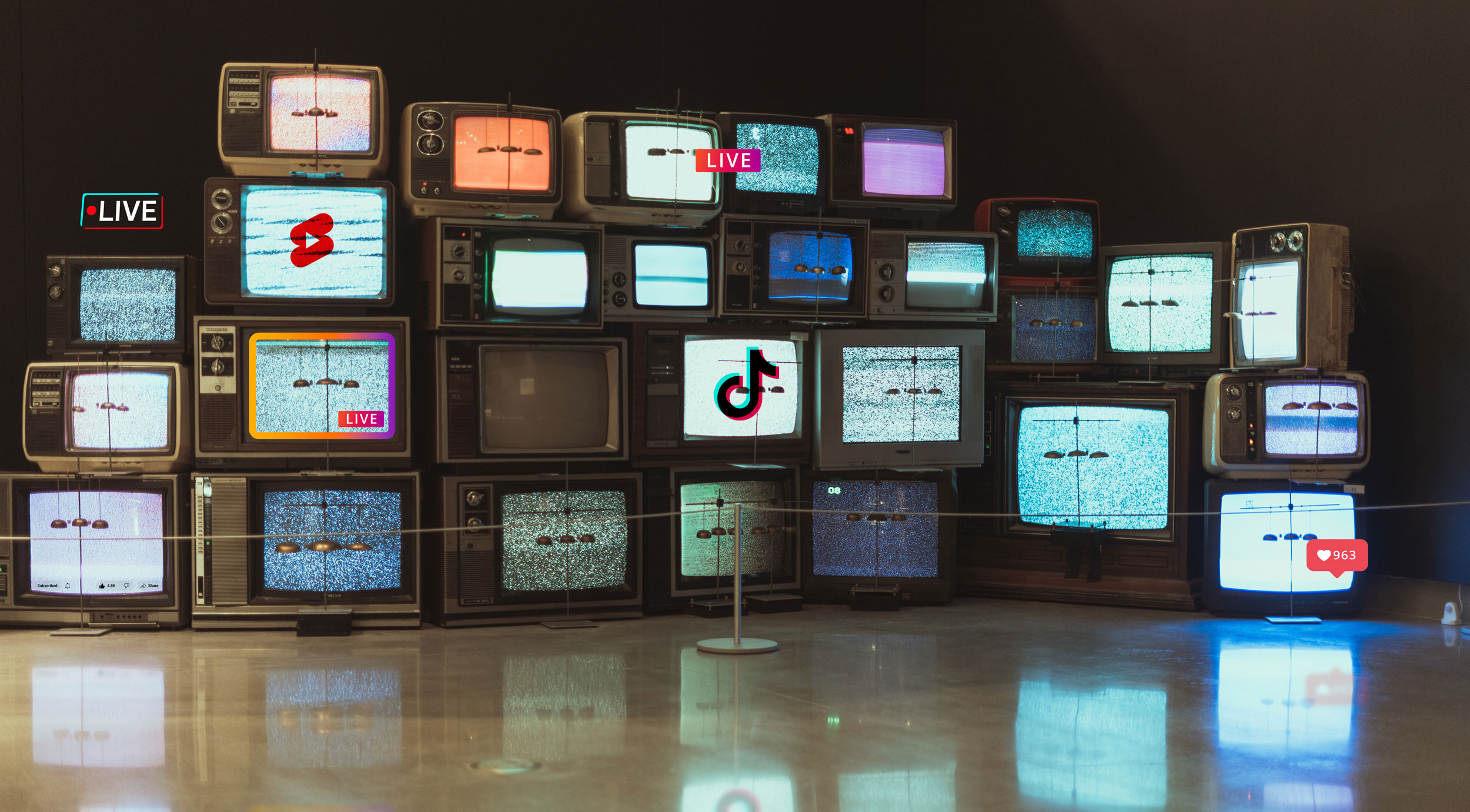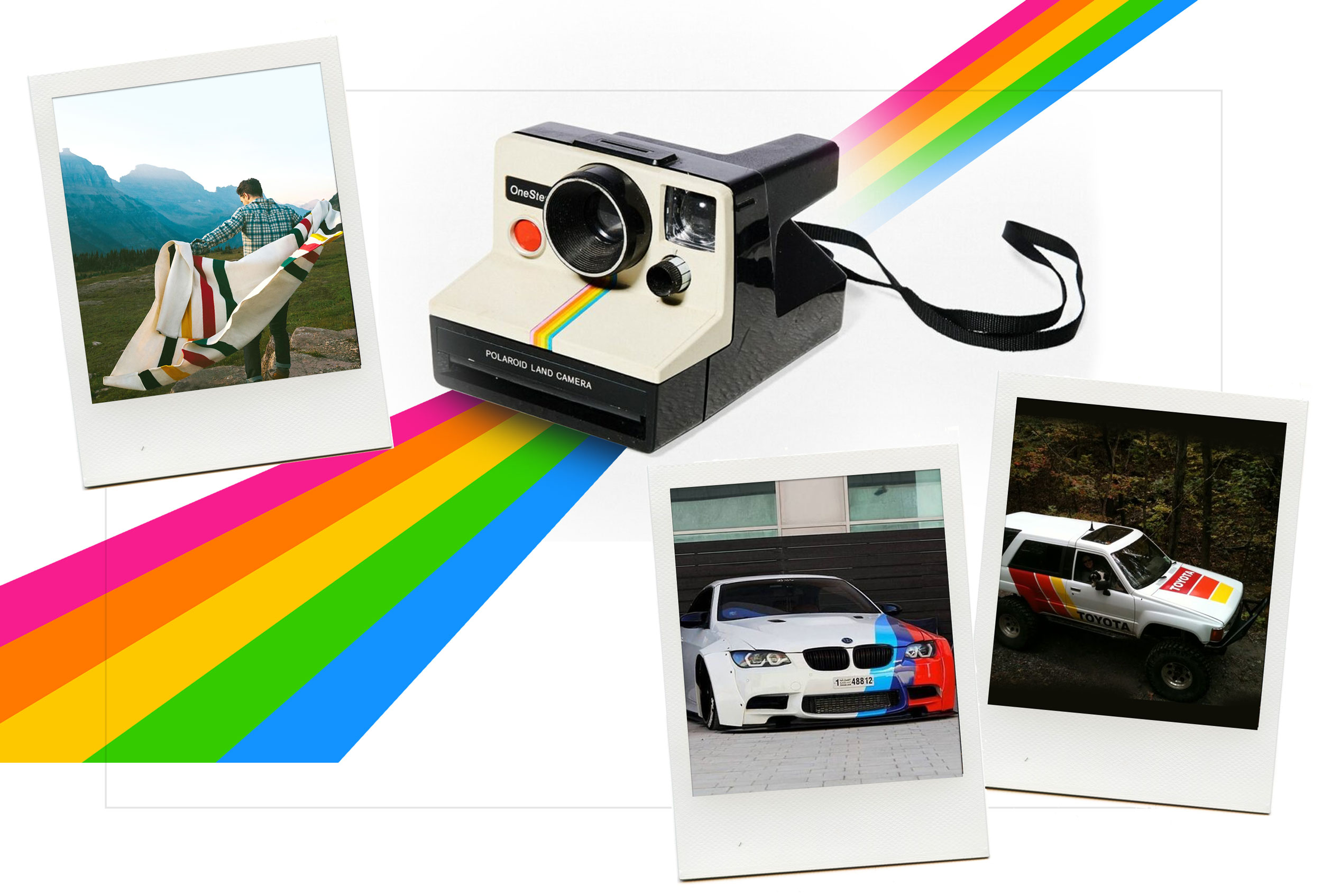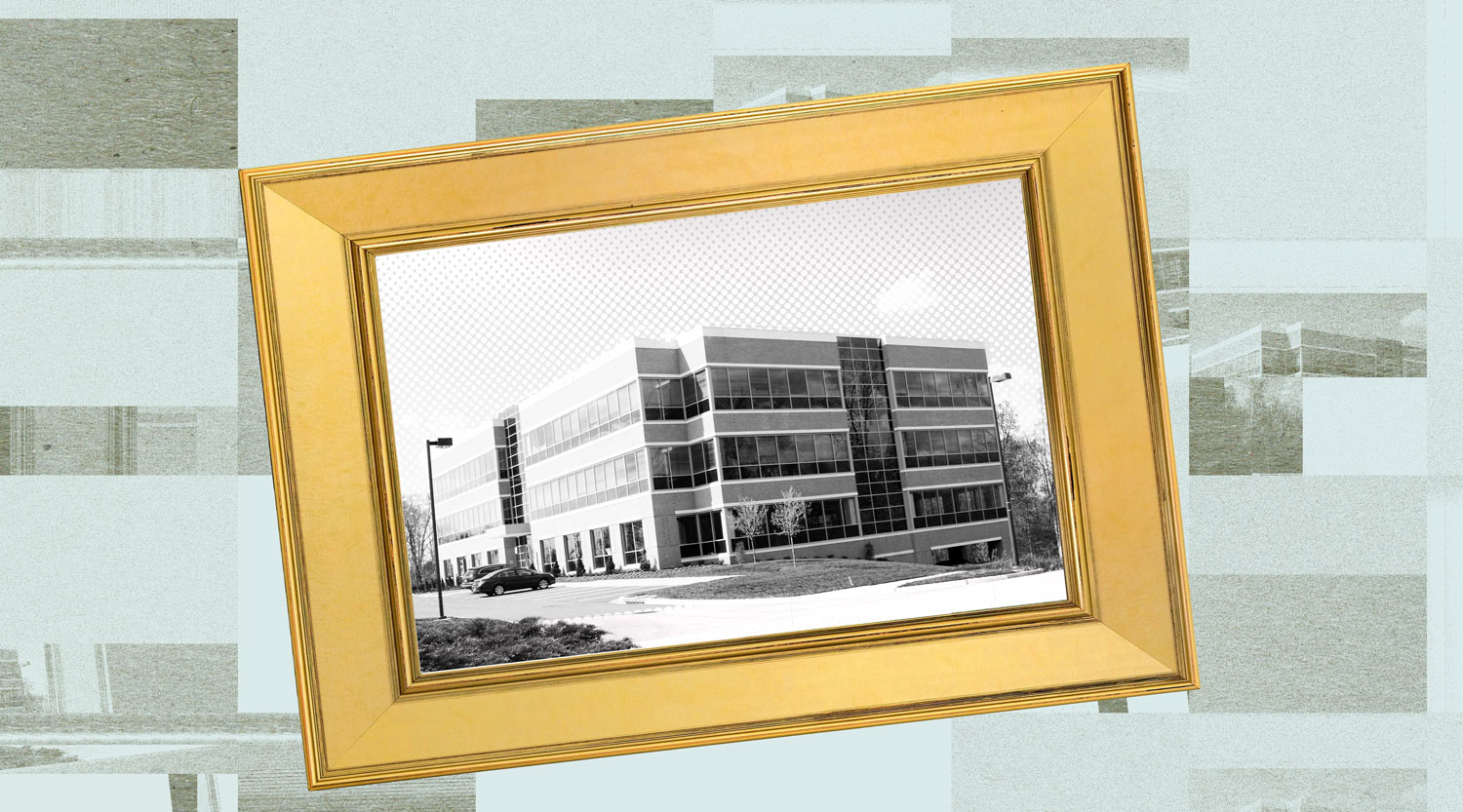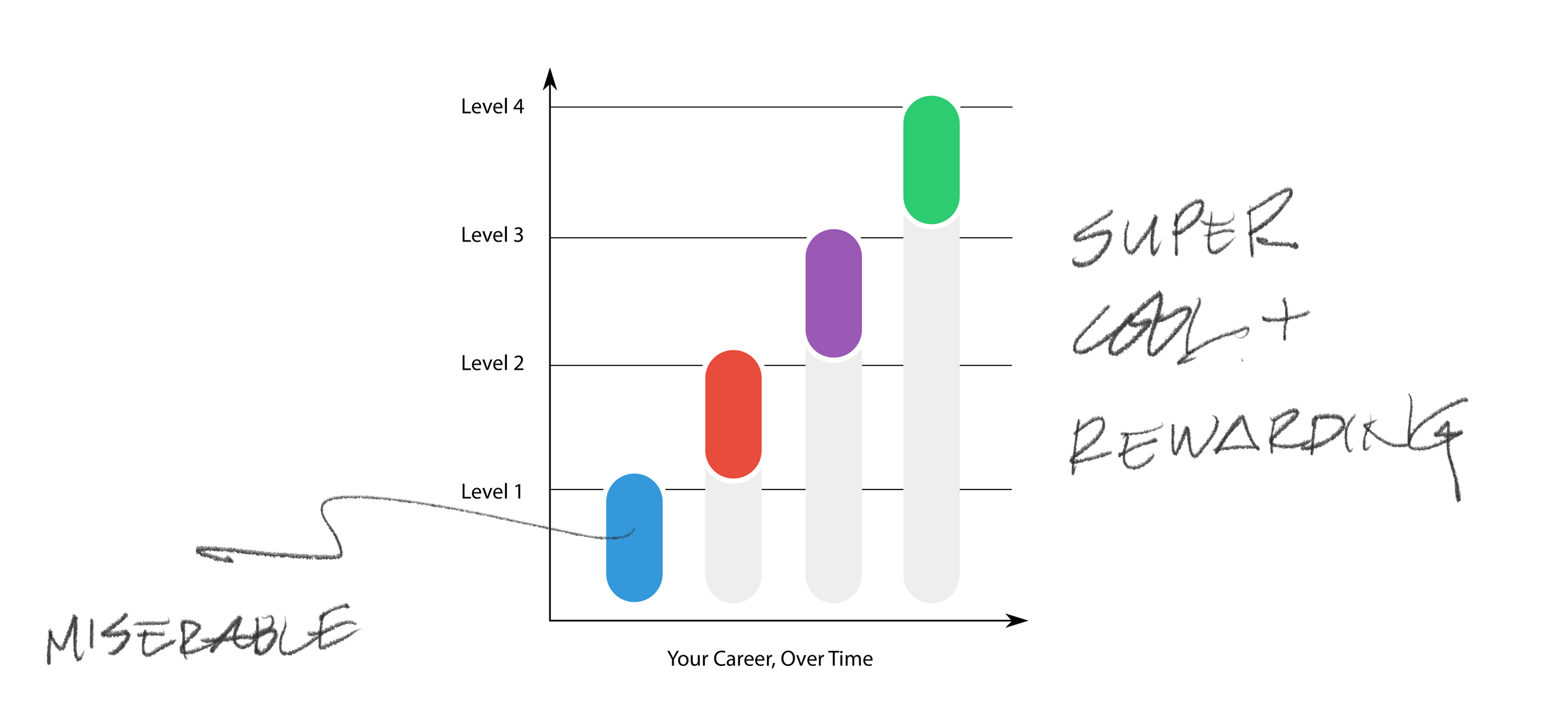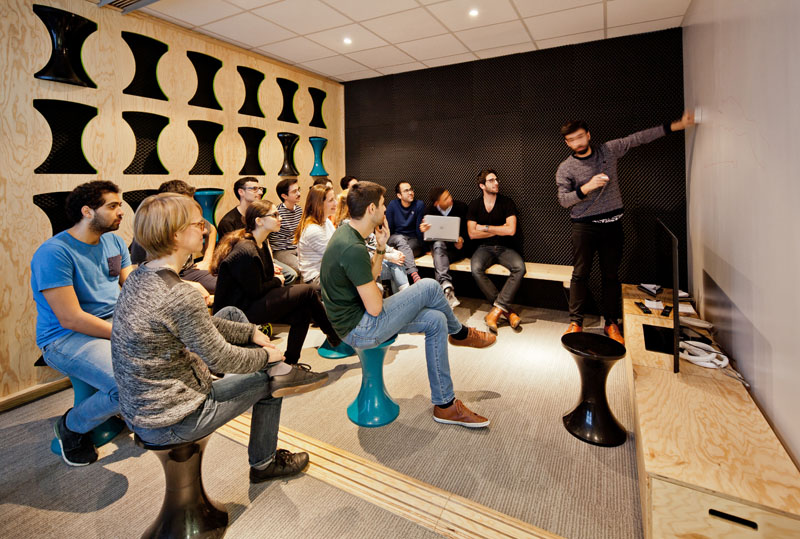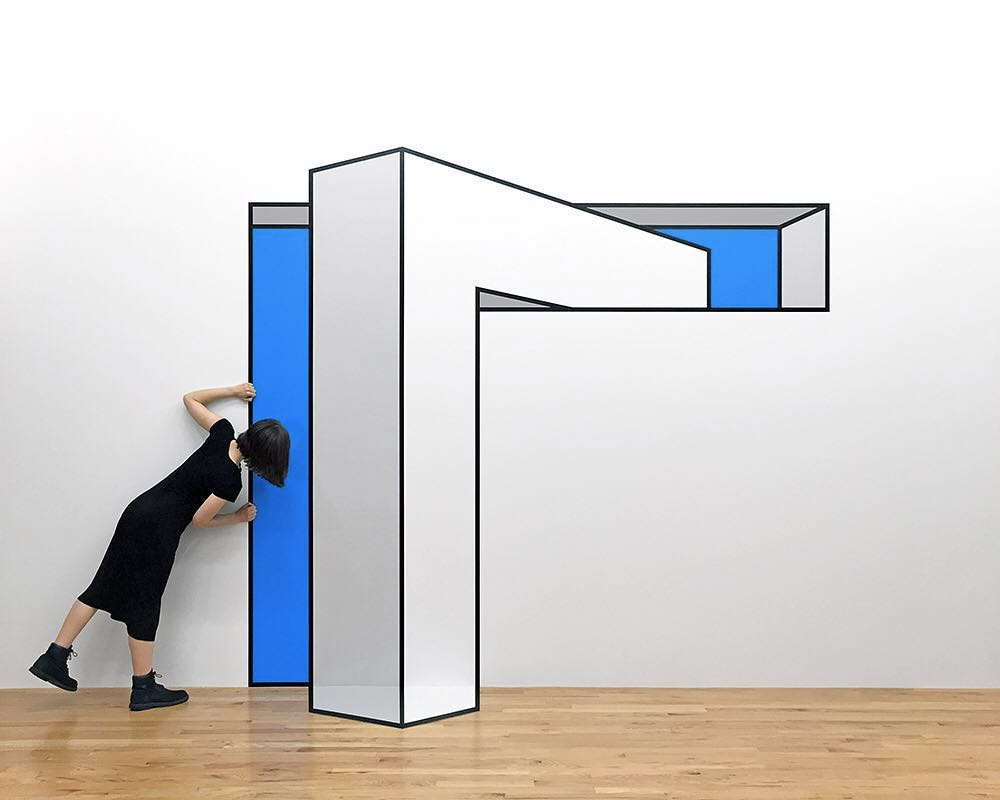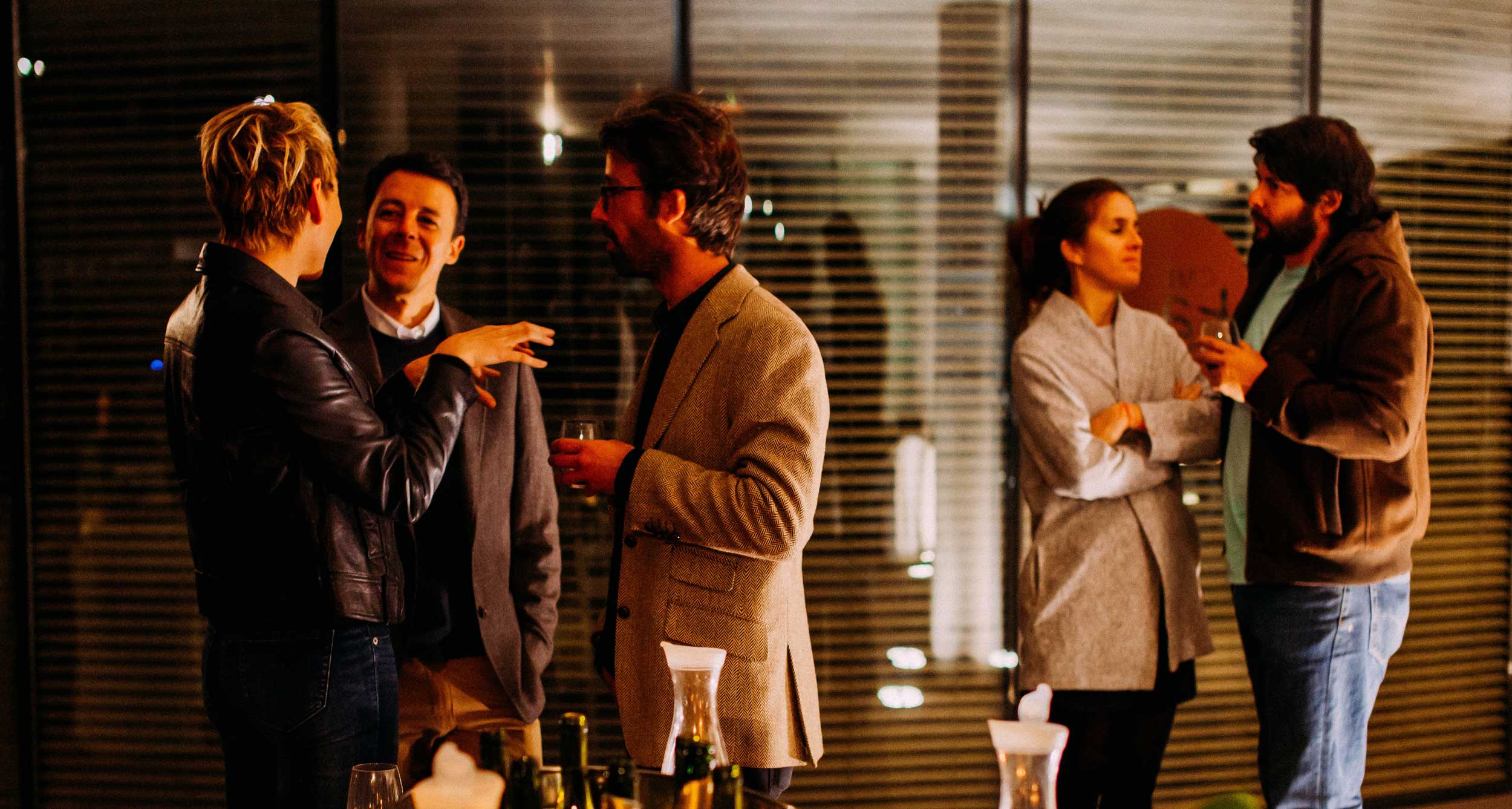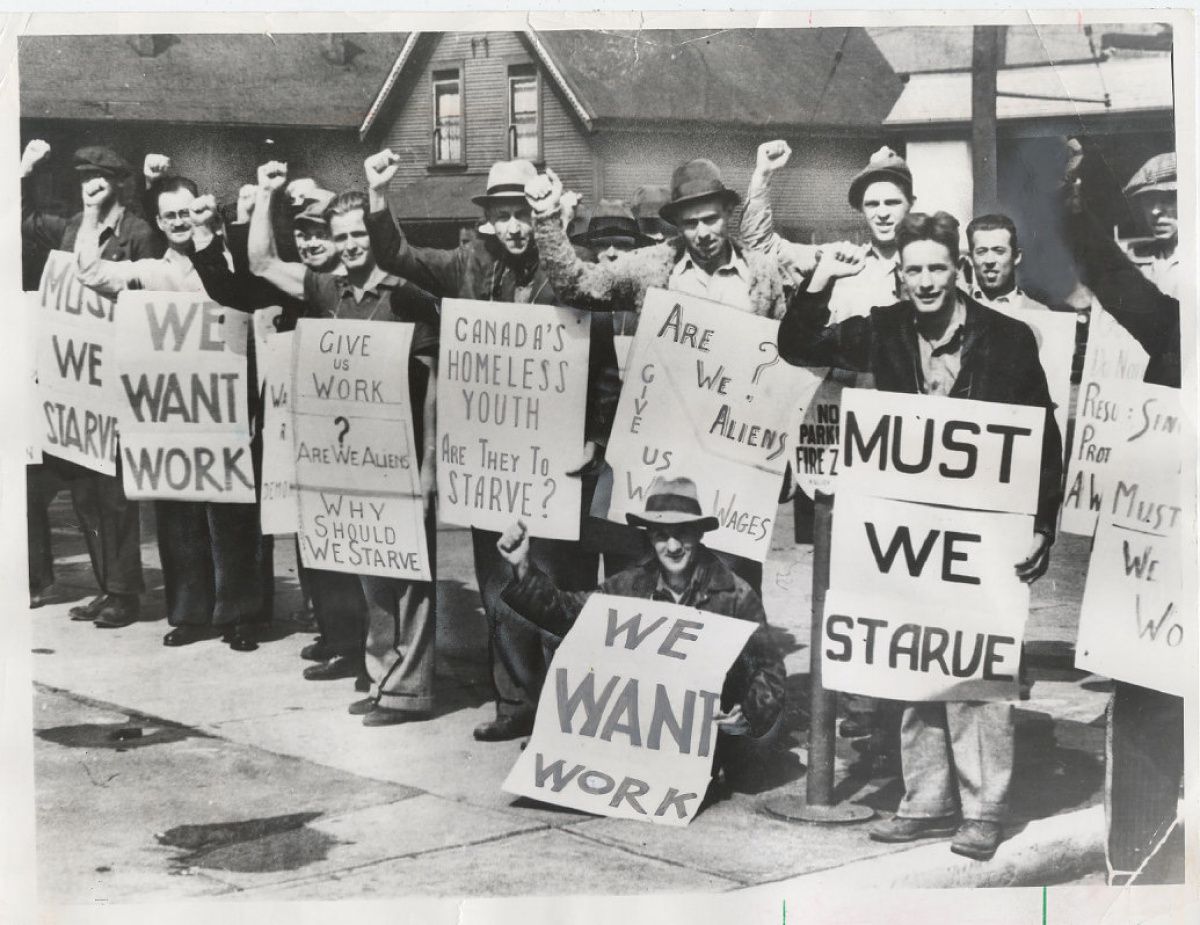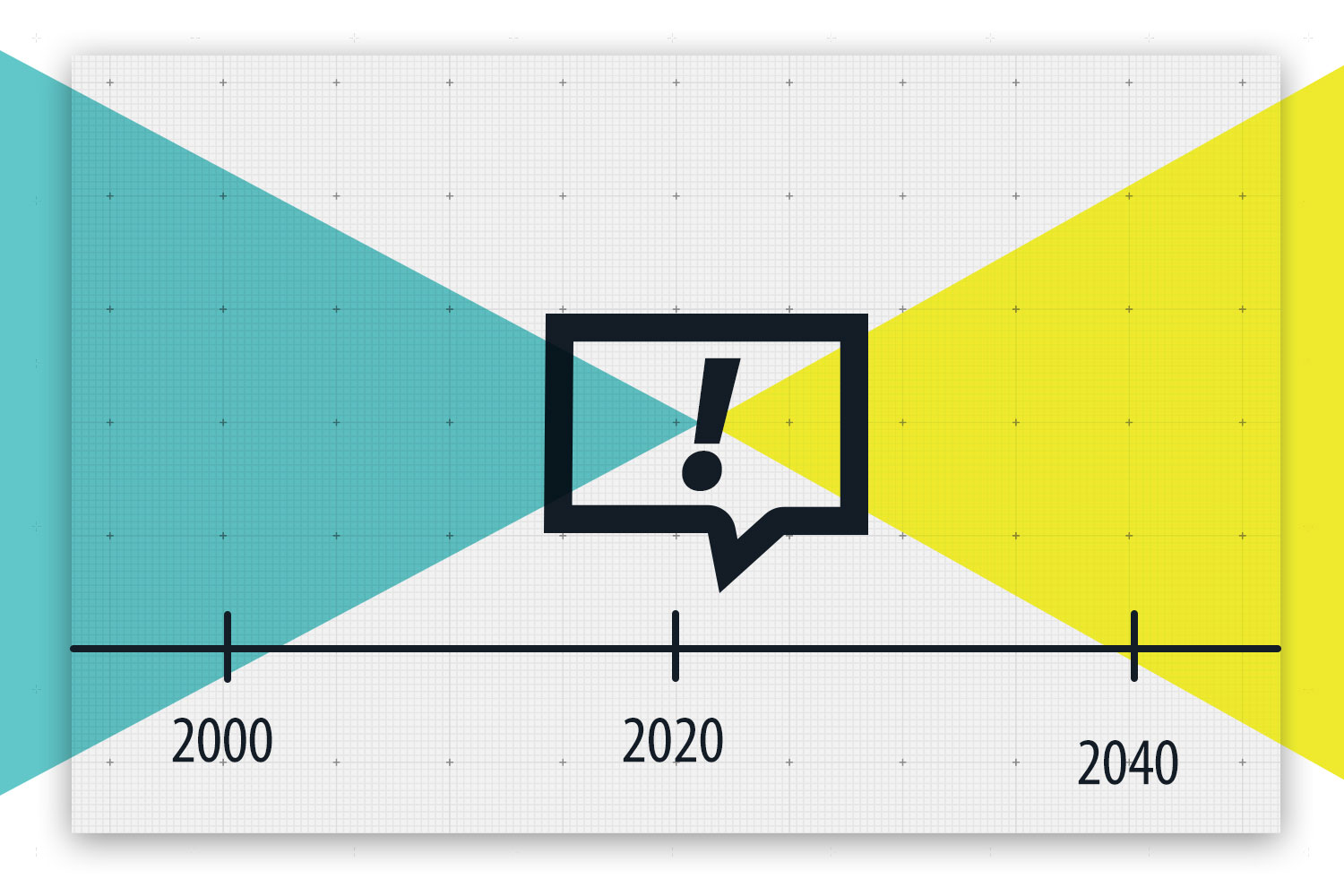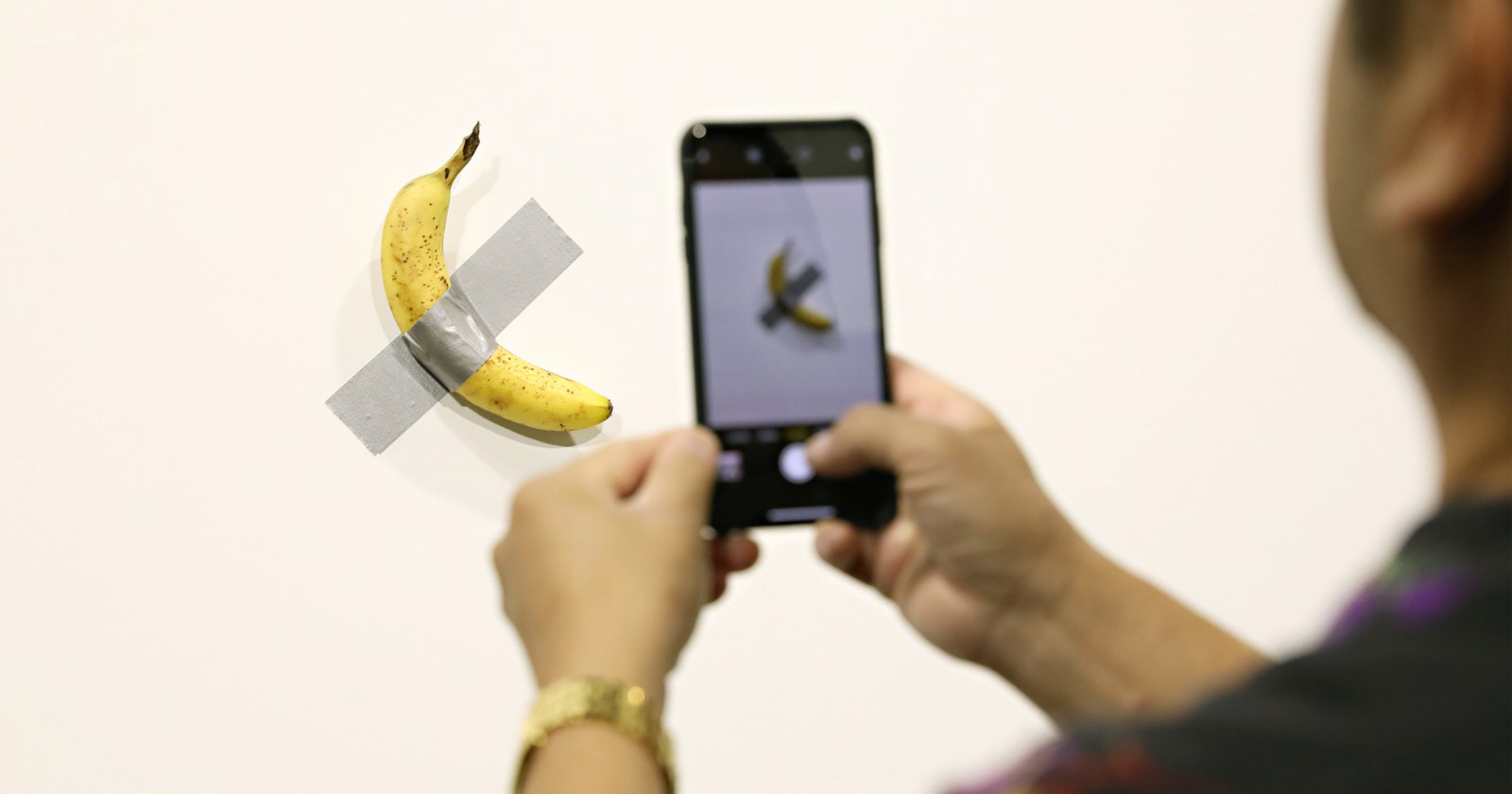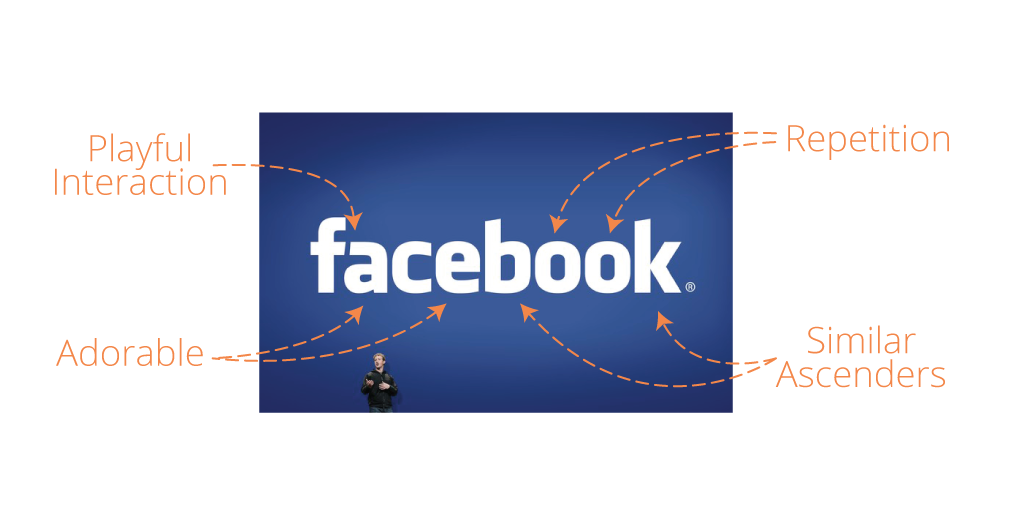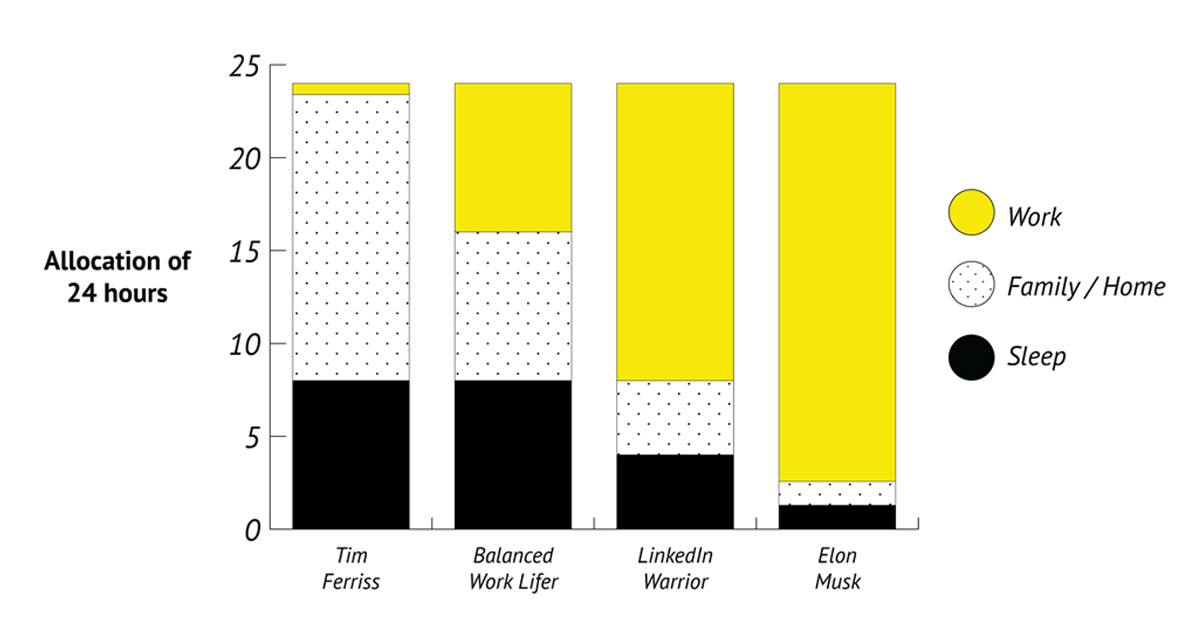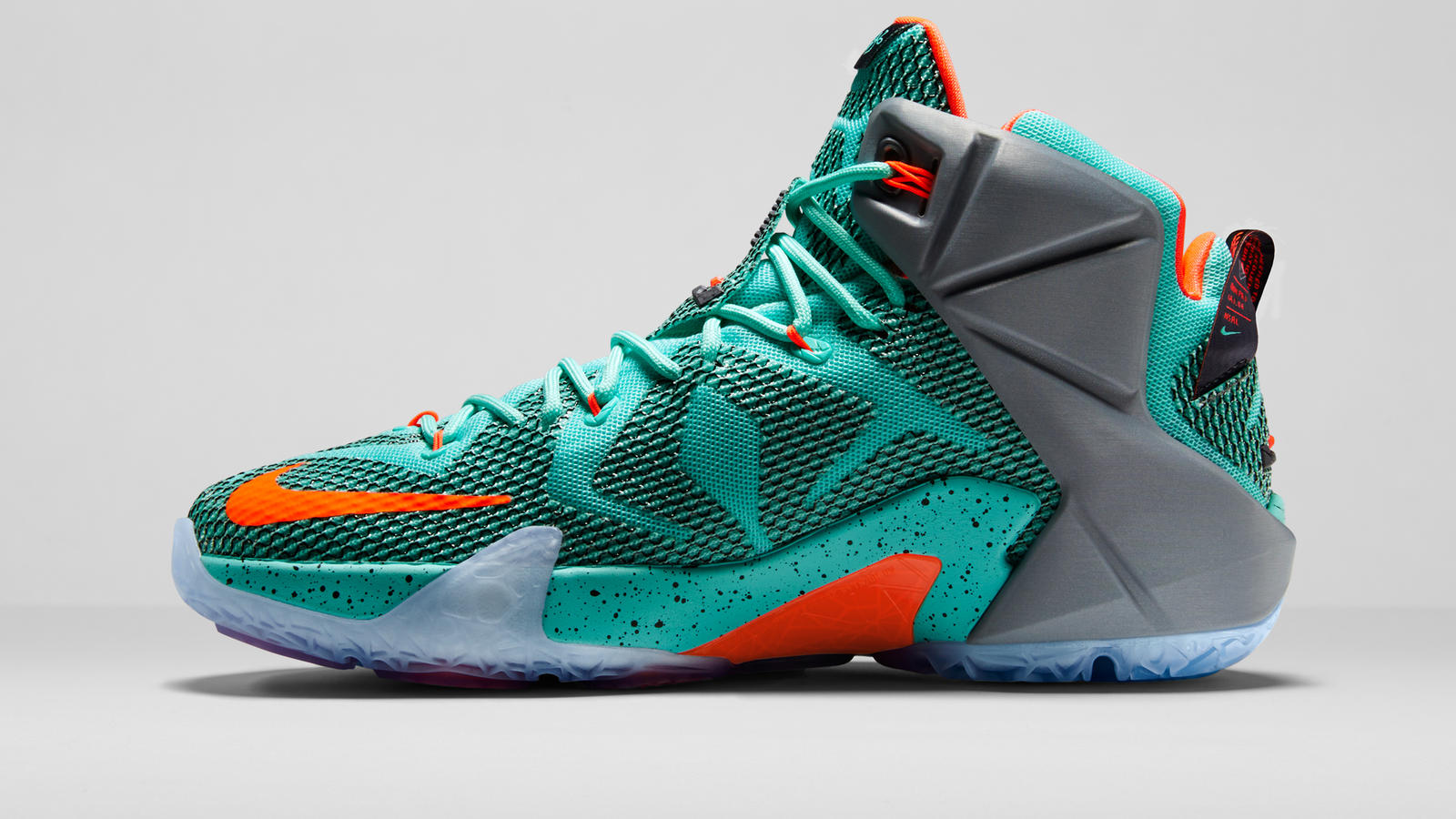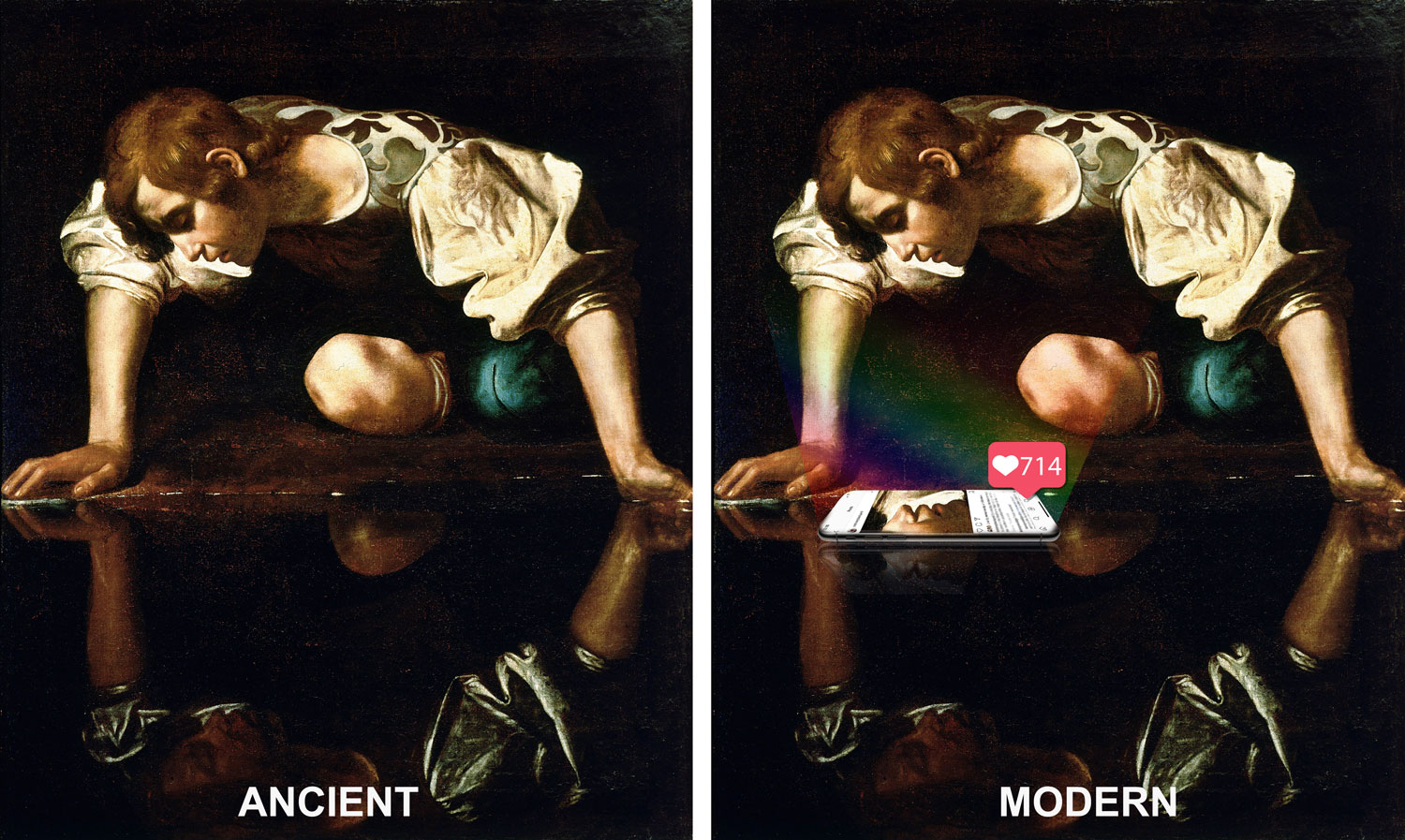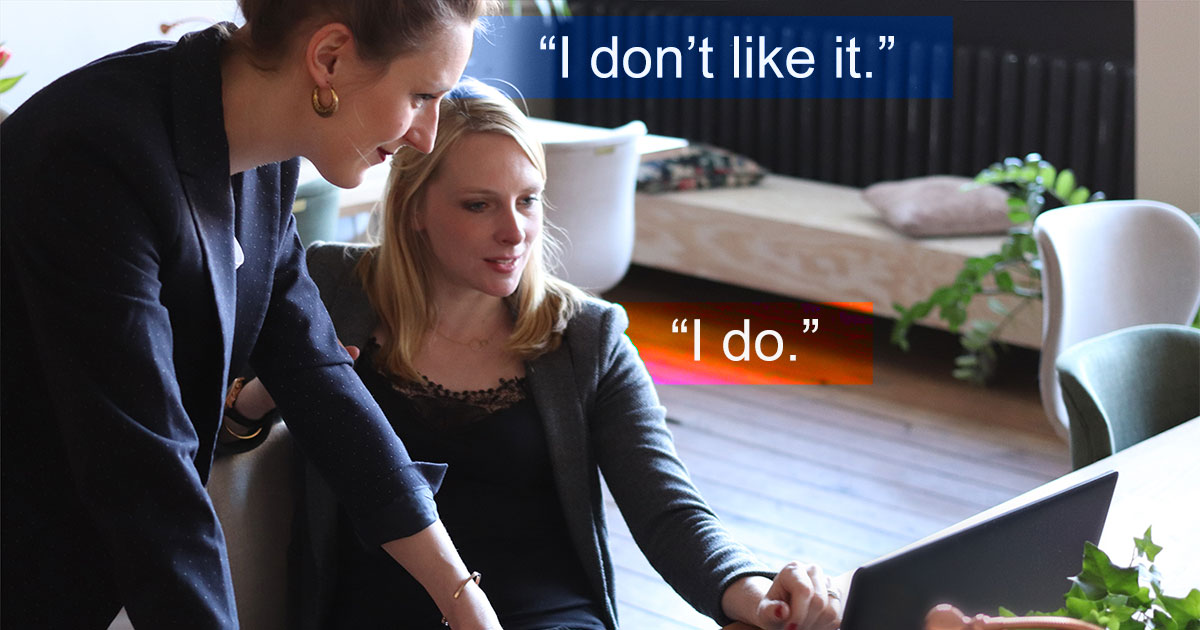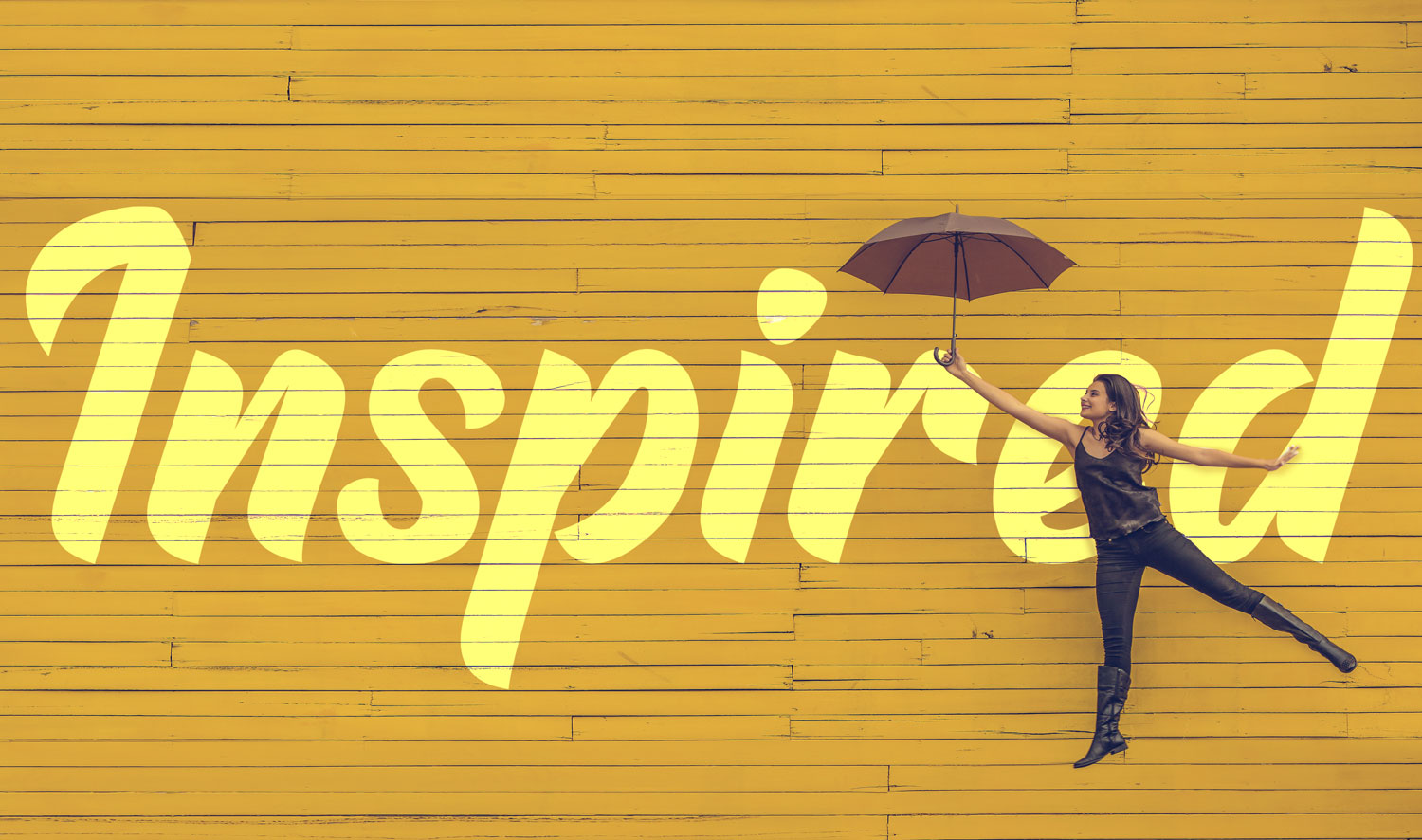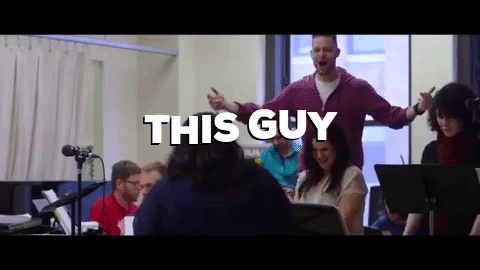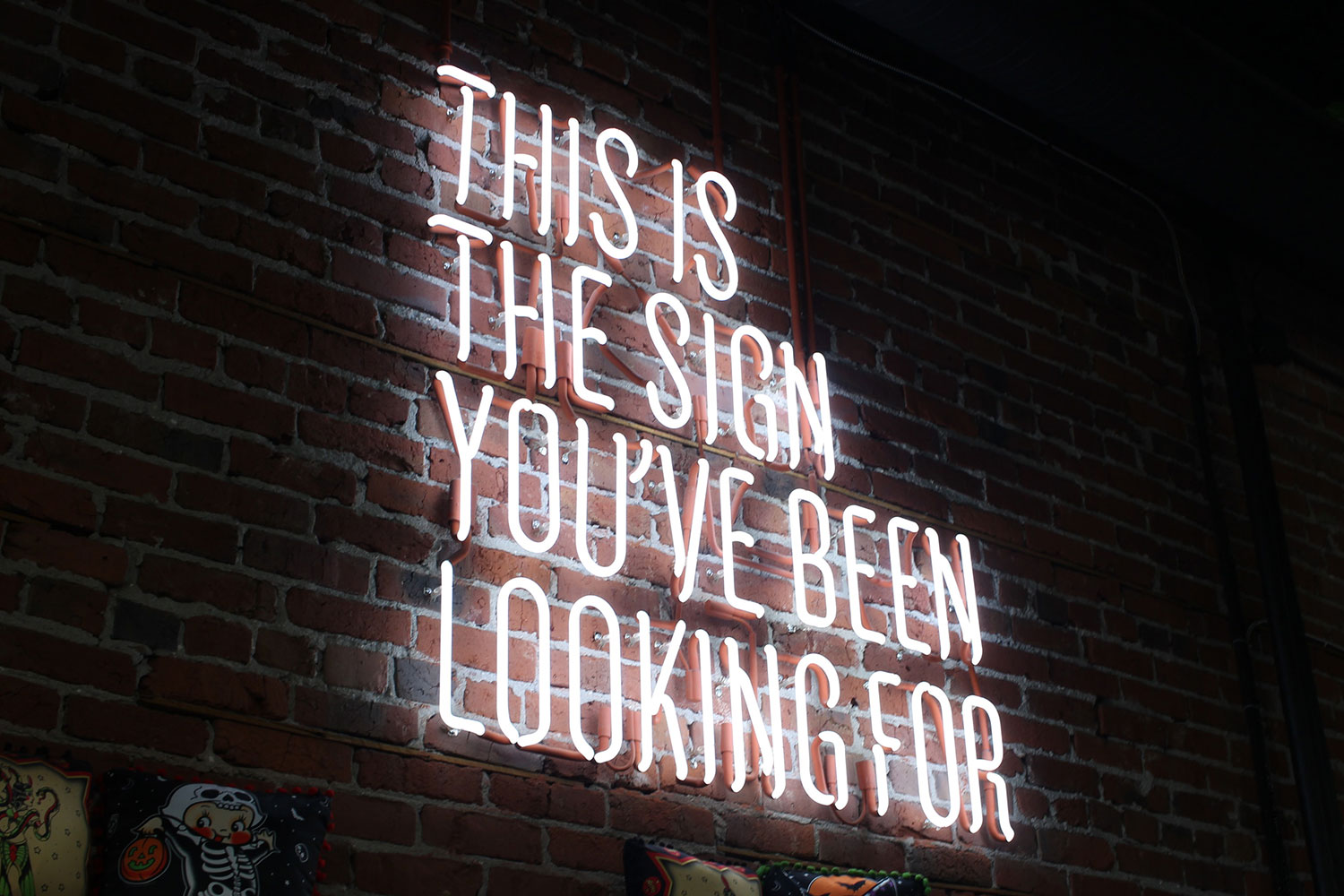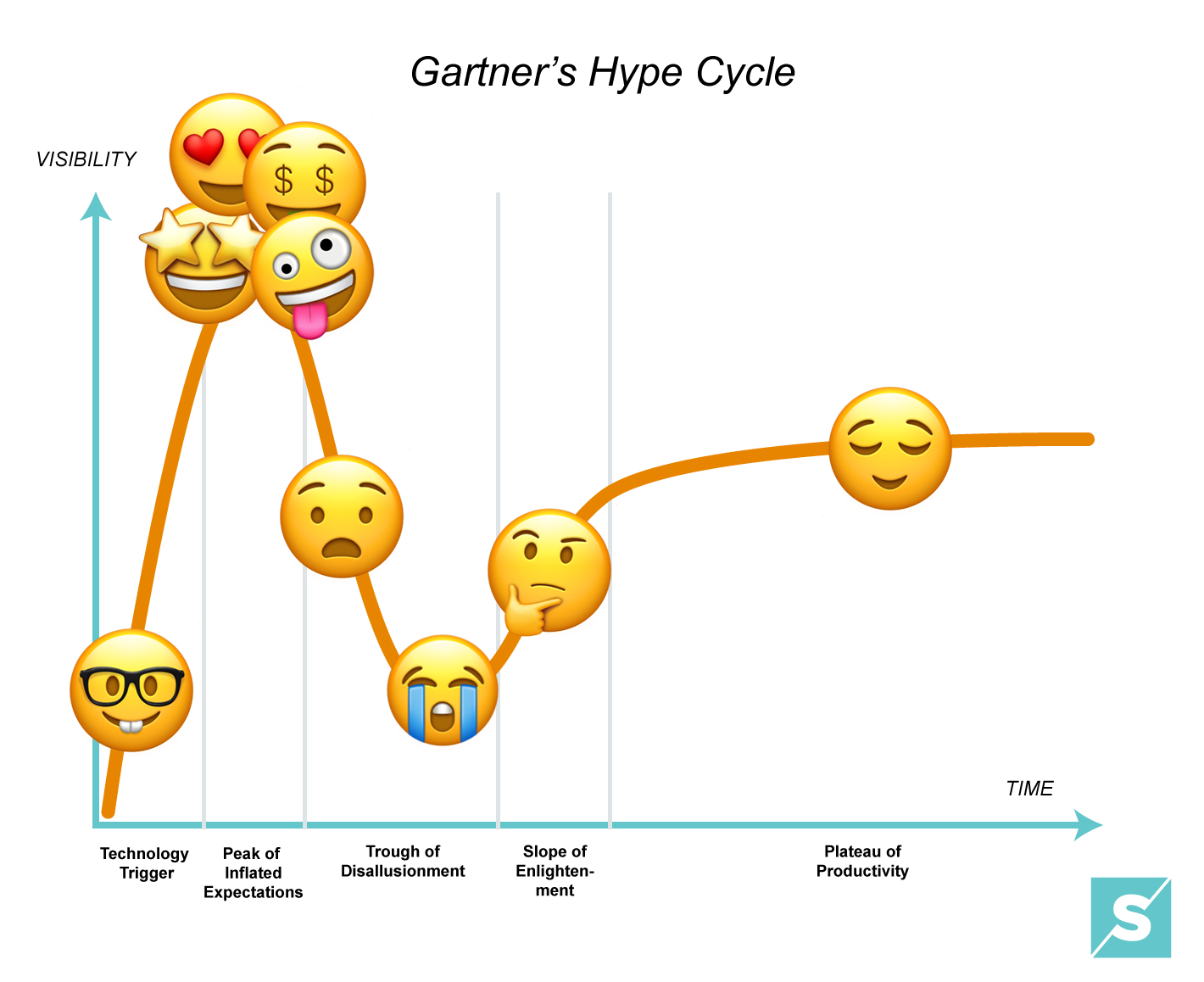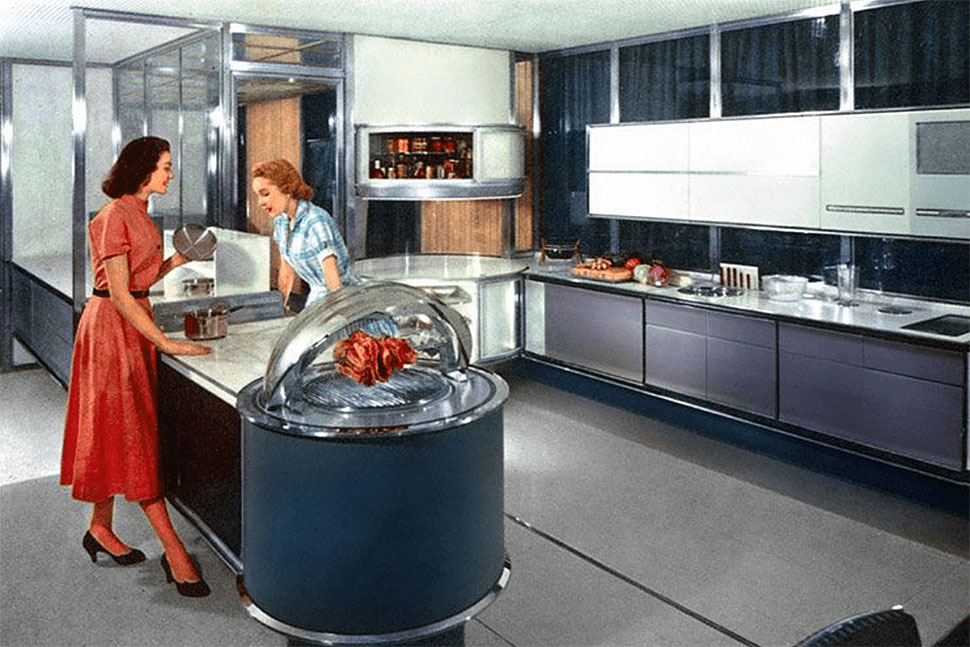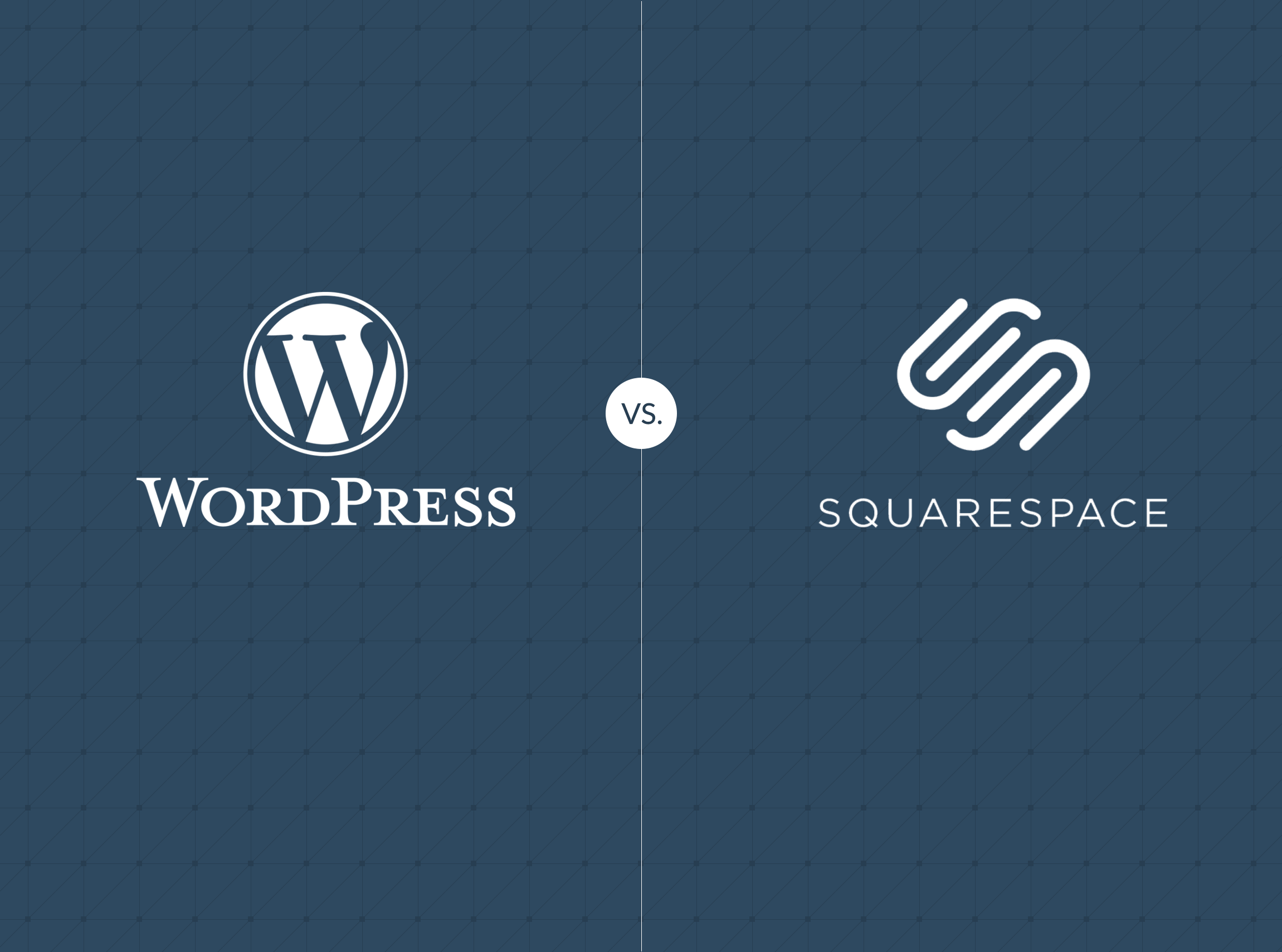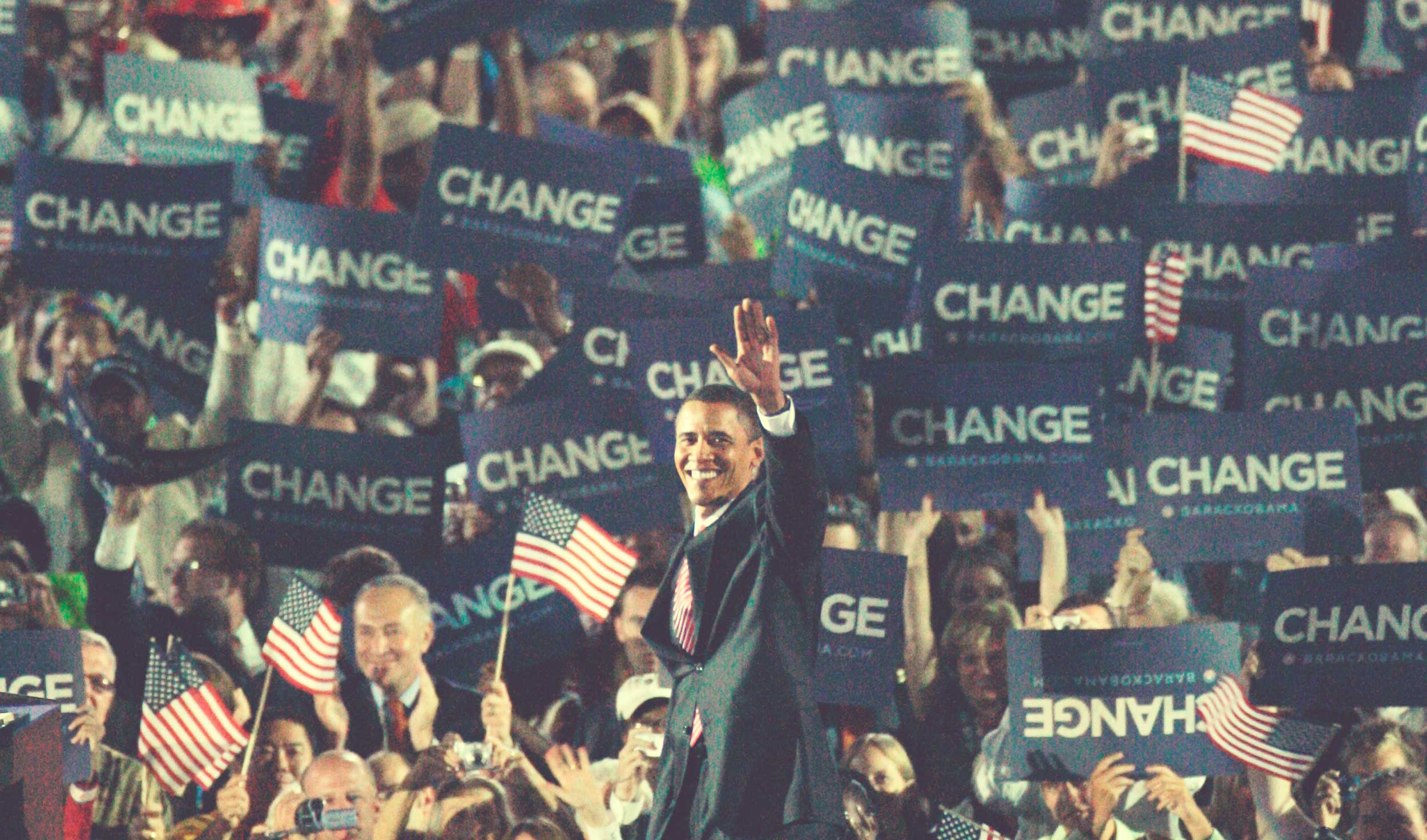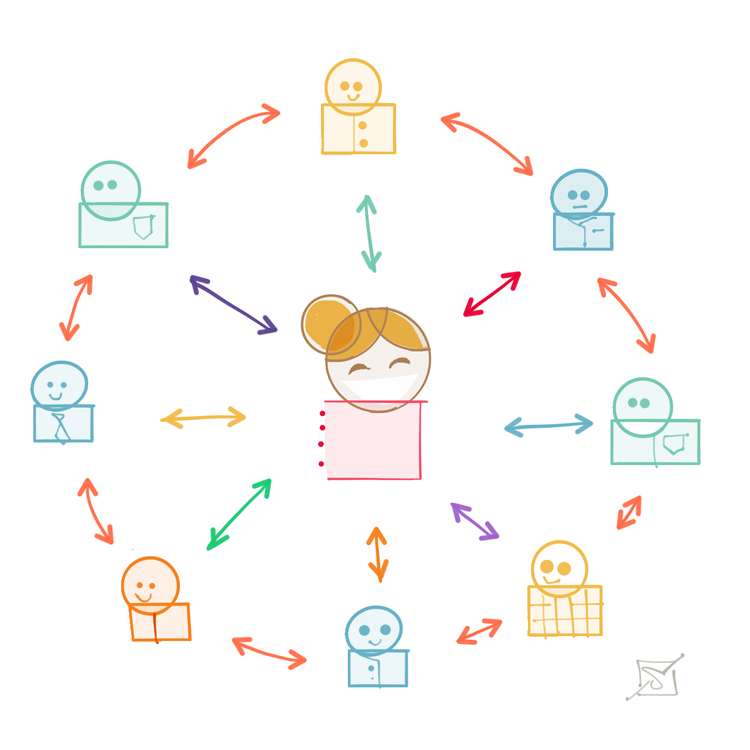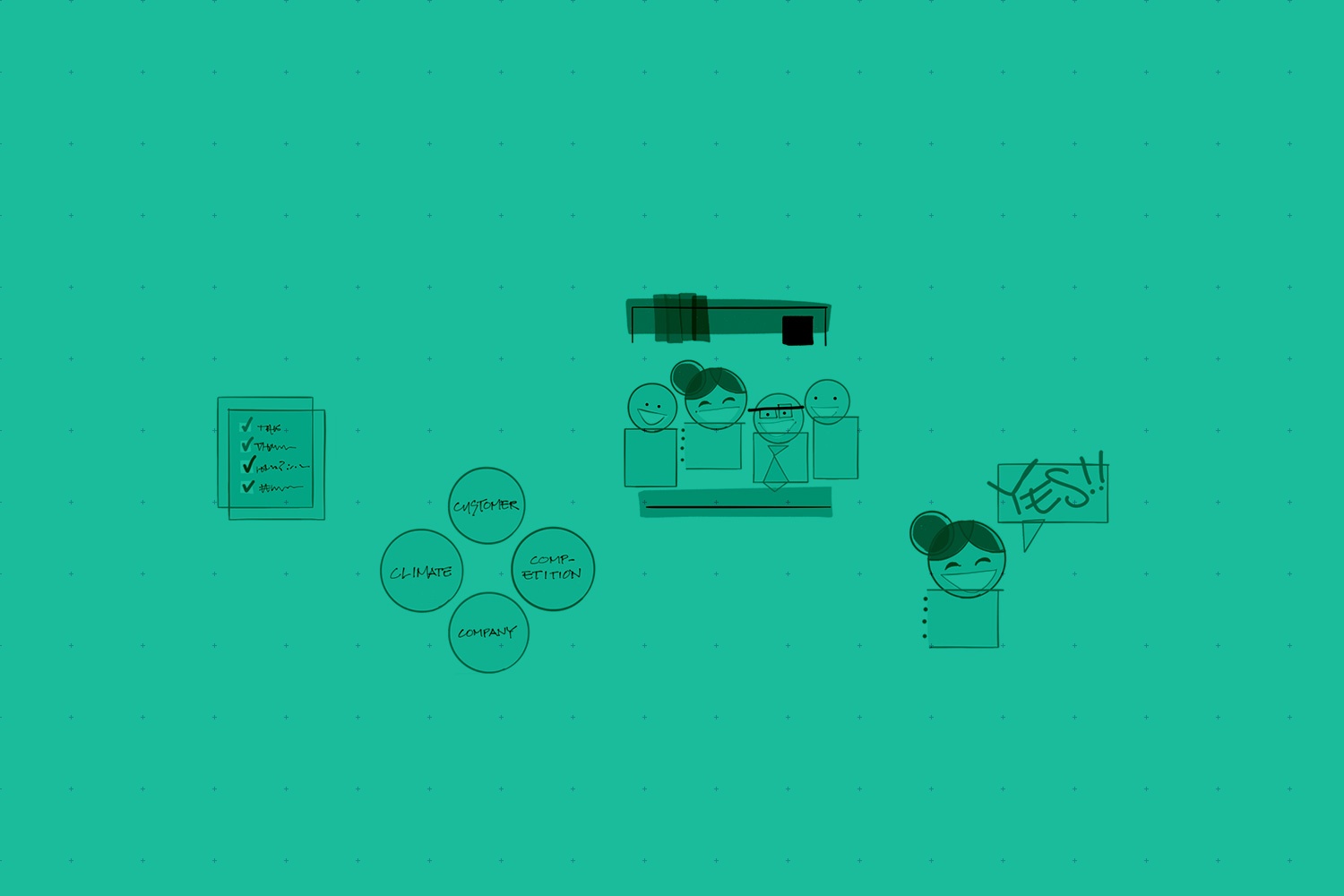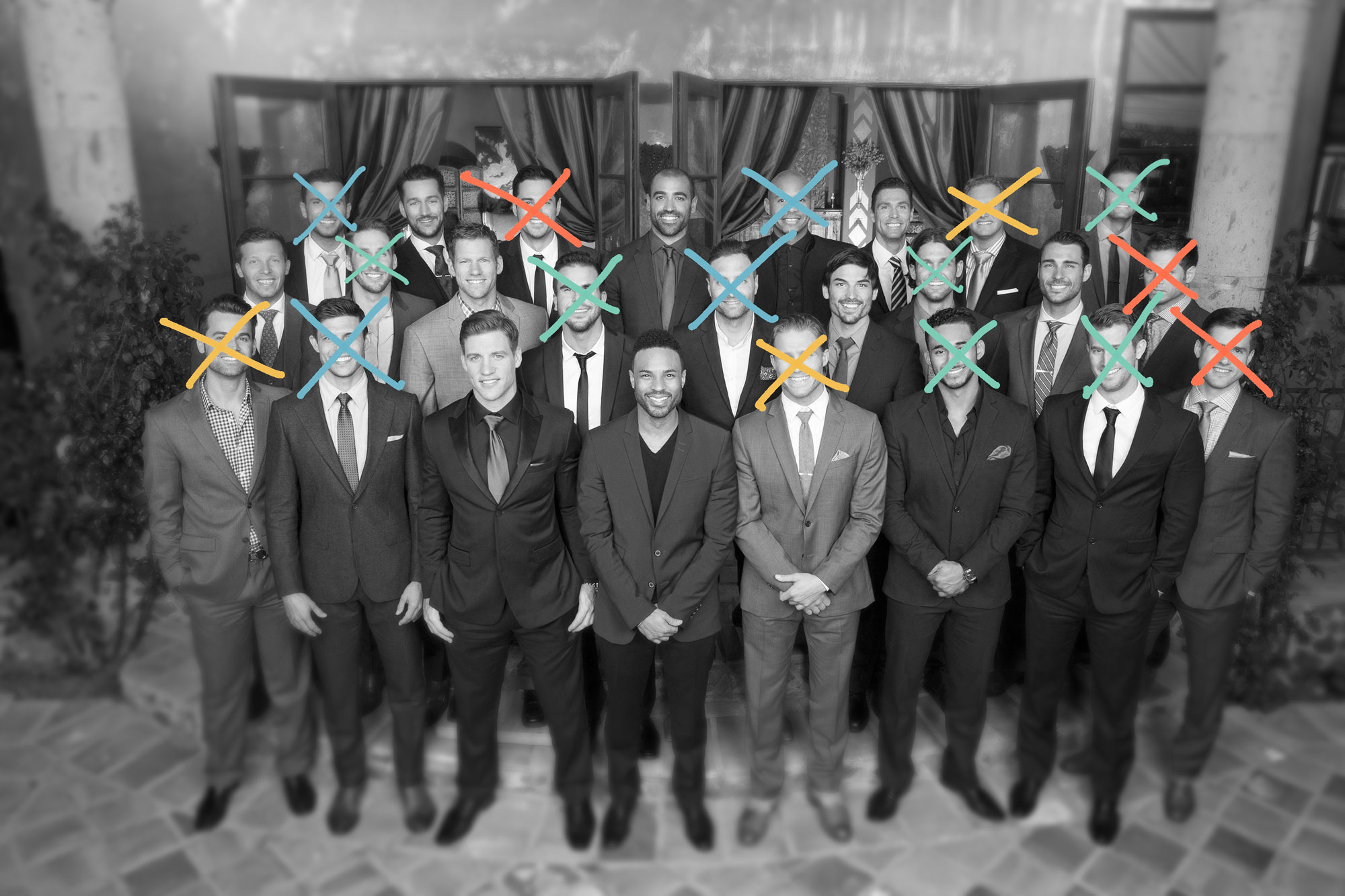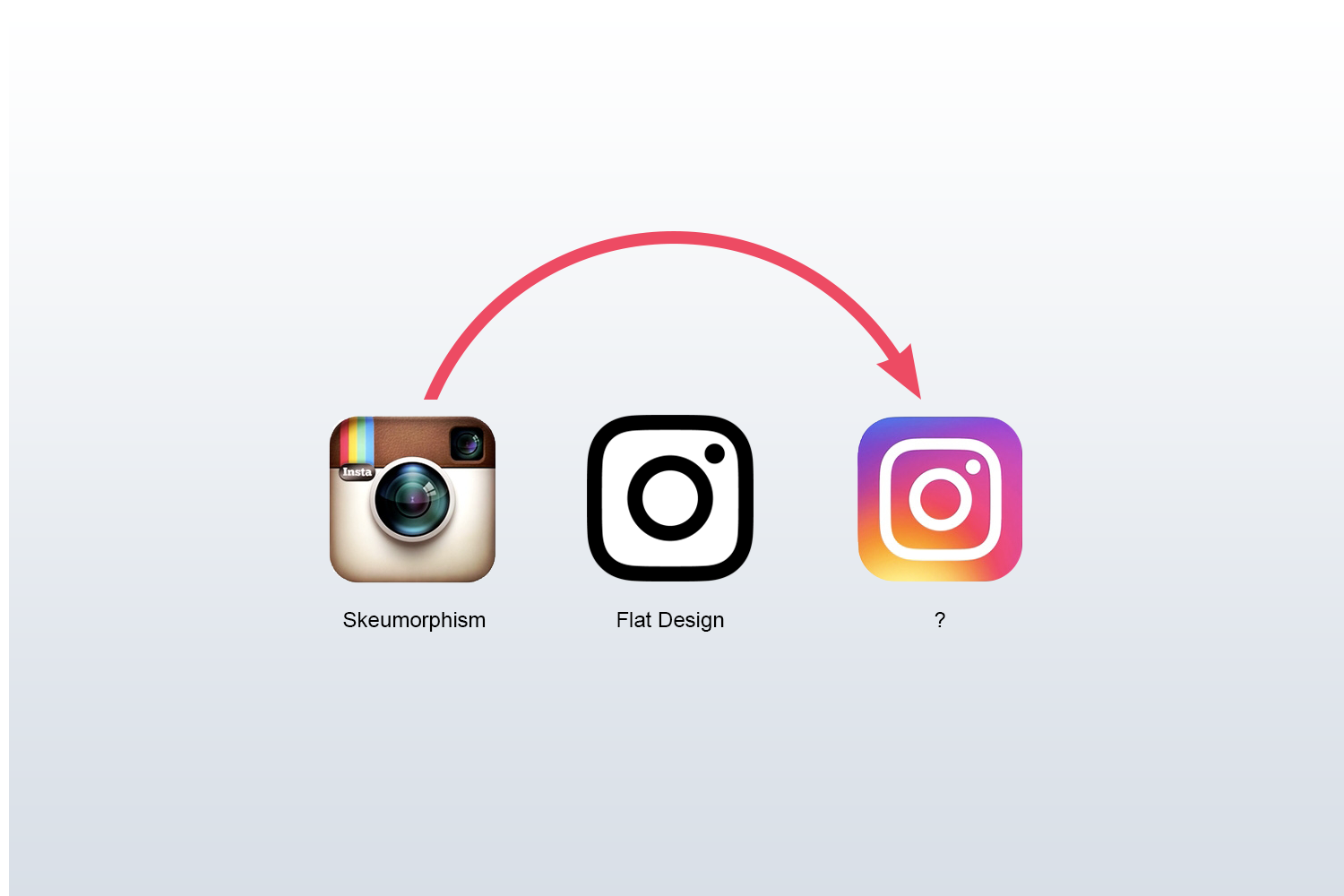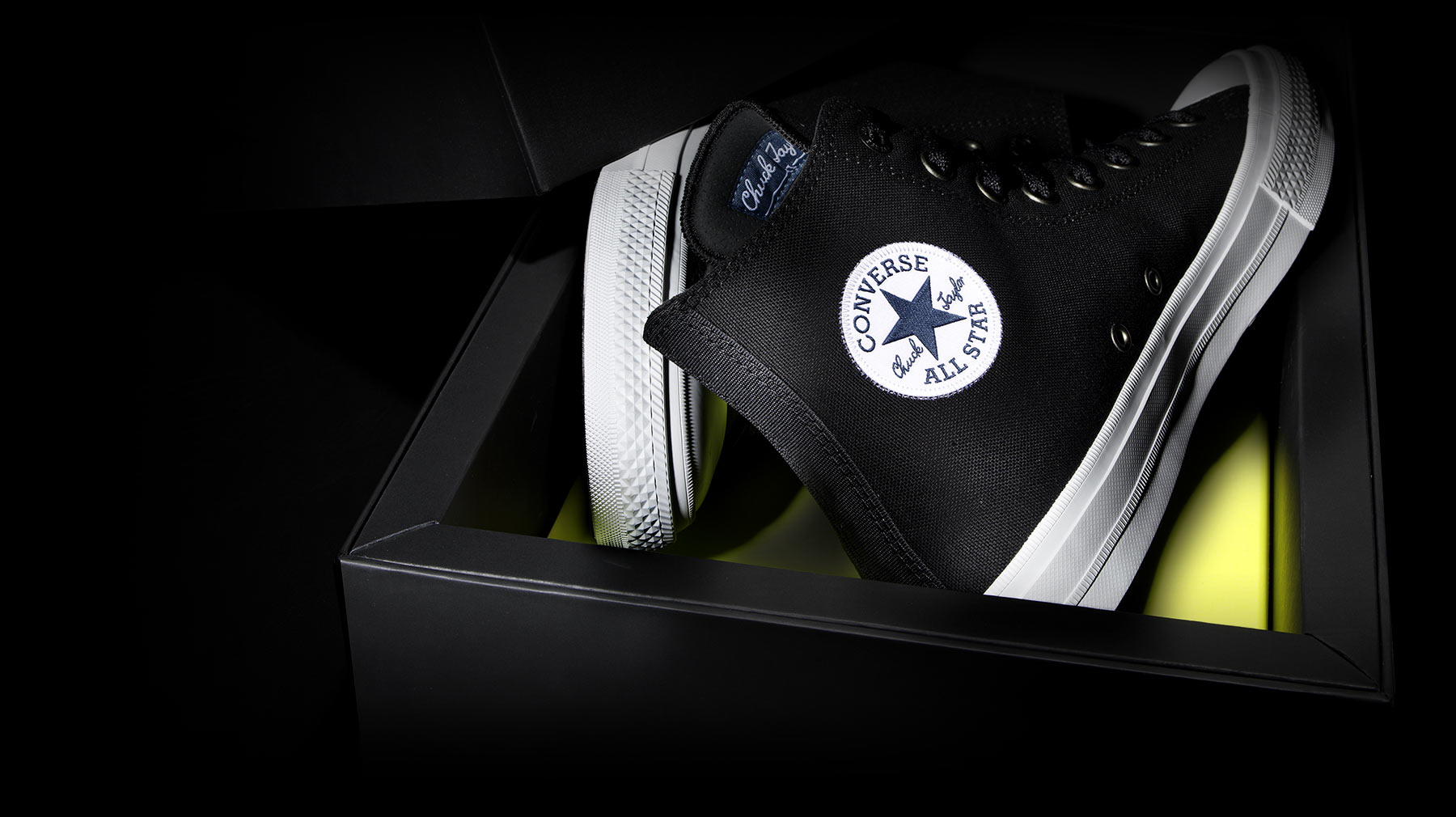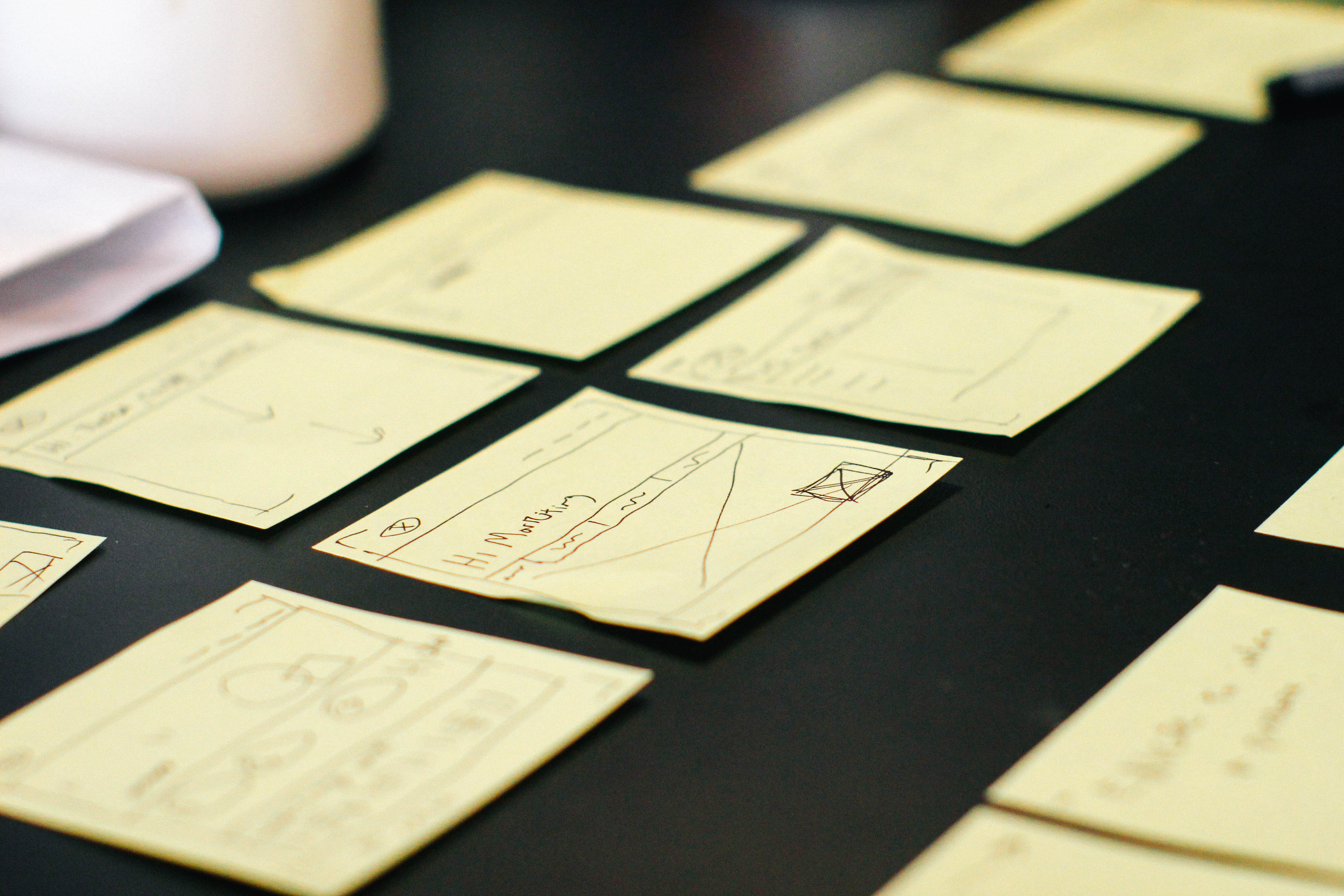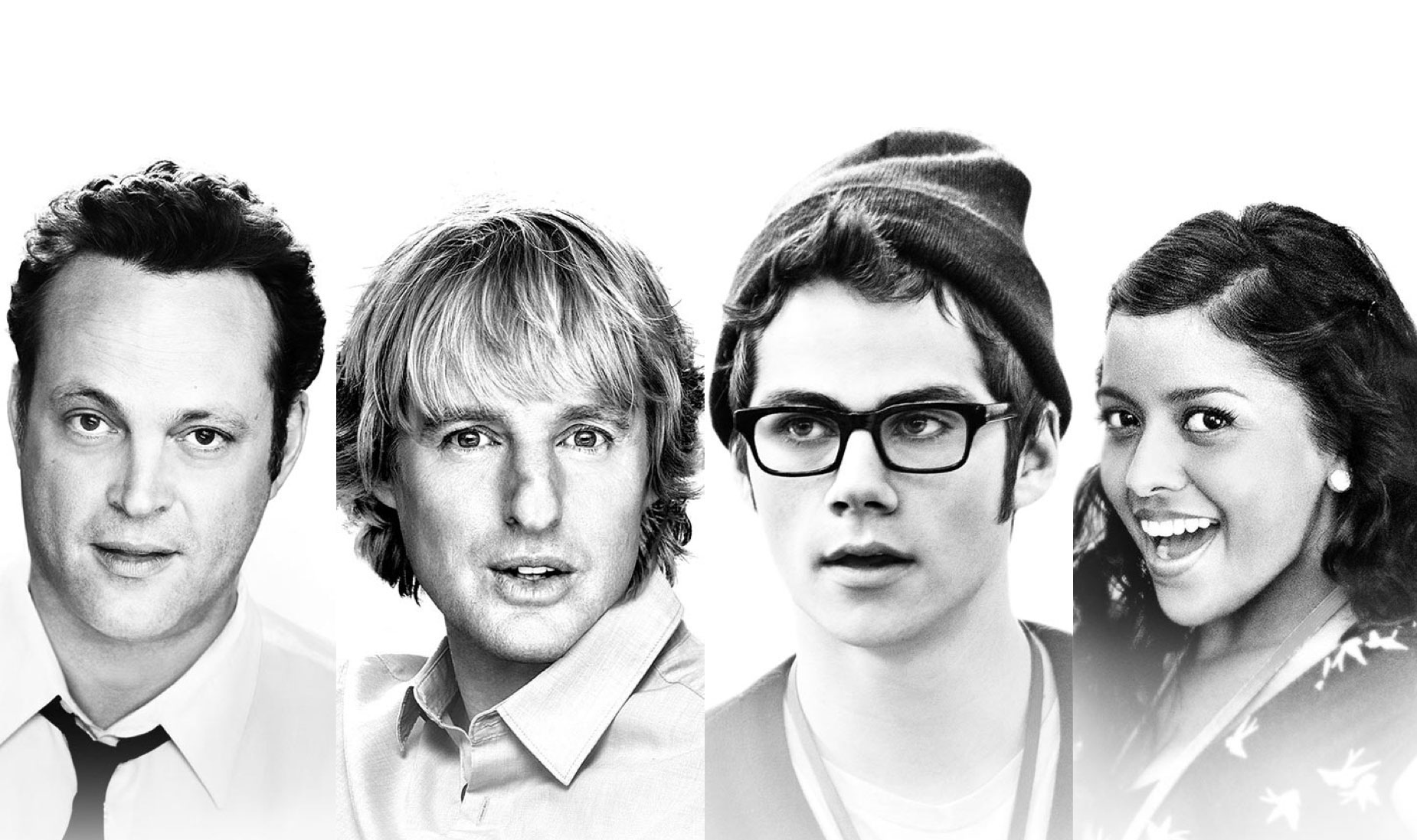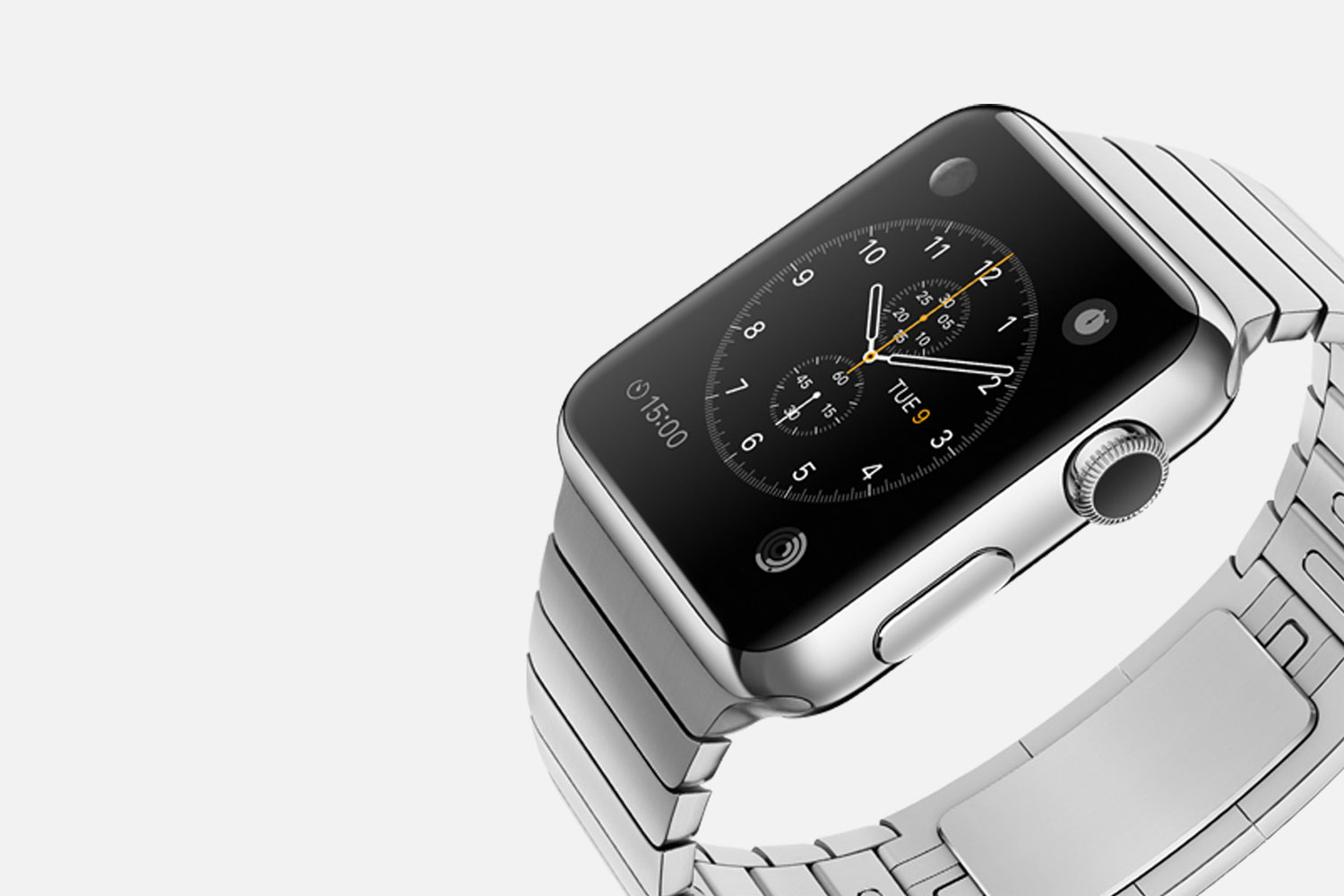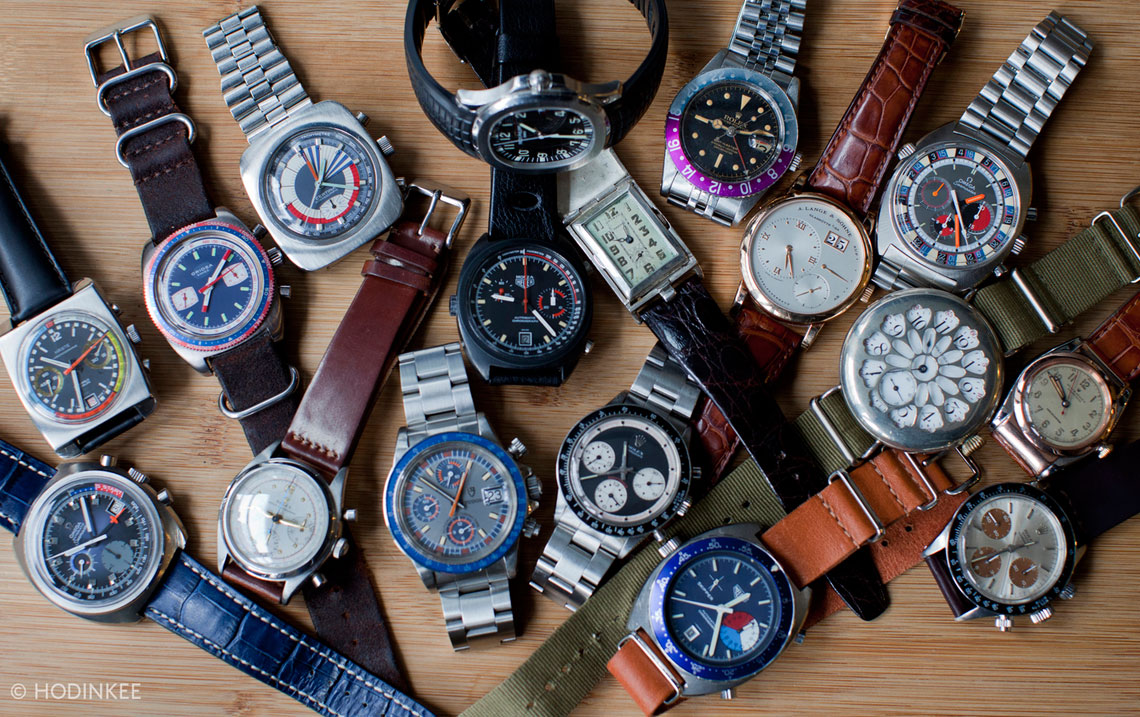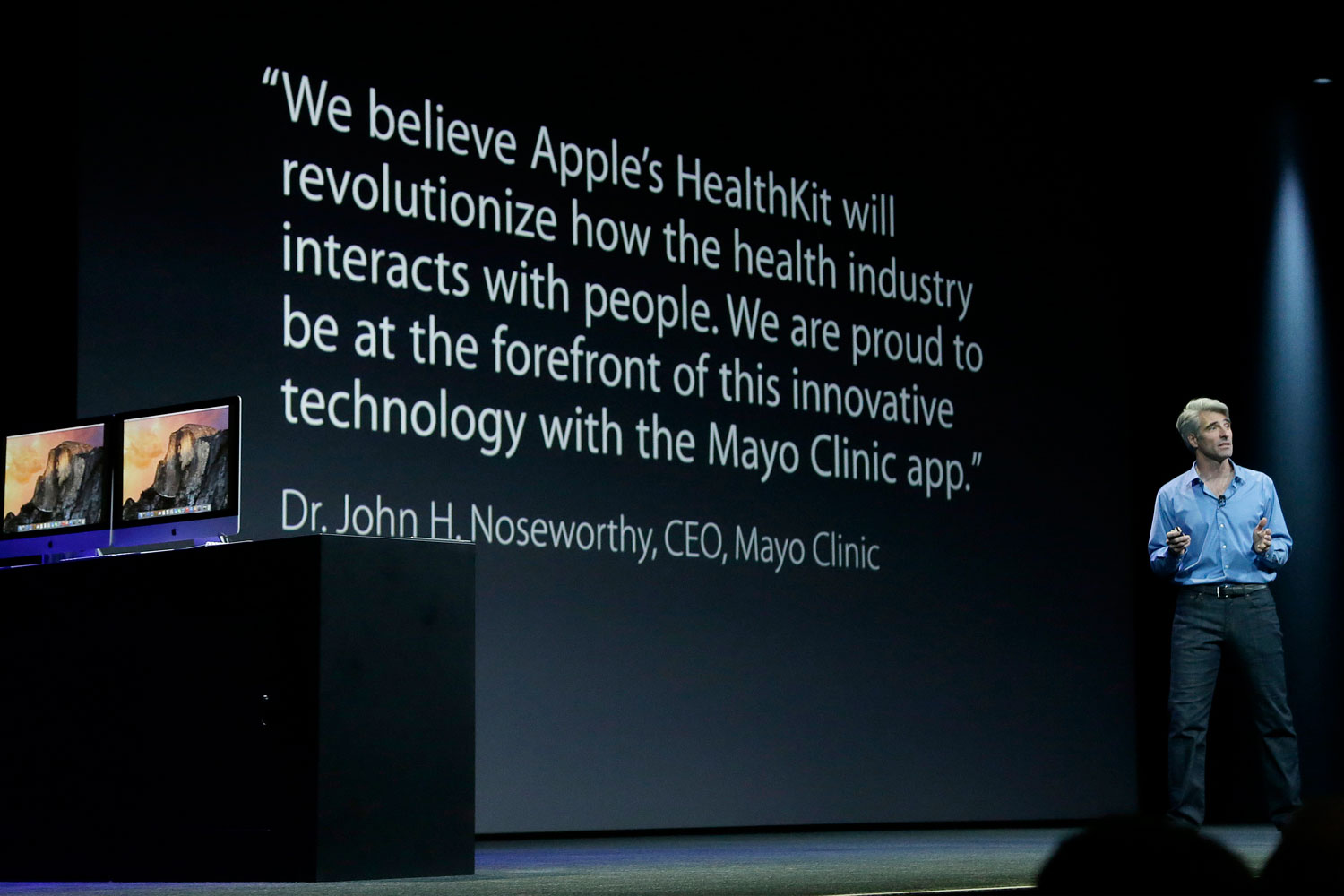Accessibility Logo
The international sign for accessibility has remained unchanged since its inception in 1968. It's perhaps the most widely used icon from the official directory of approved icons from the International Organization for Standardization (ISO). It's familiar, it's official, but how does it make you feel?

The Accessibility Icon Project launched around 2011 with hopes of designing an accessibility icon that was more dynamic, more inspiring. (Read the full story on their website.) They iterated on many many versions of the icon but finished with inspiration from the paralympic athletes.

To proliferating their work was all guerilla street art: stickers, stencils, and propaganda. Their effort was bold, and perhaps unwanted. But they made a point, and people took notice.
Today, 10-15 years later, we see their work wherever we go. Parking spaces and signage now regularly use their more dynamic icon. Me? I nod my head with pride every time I see it.
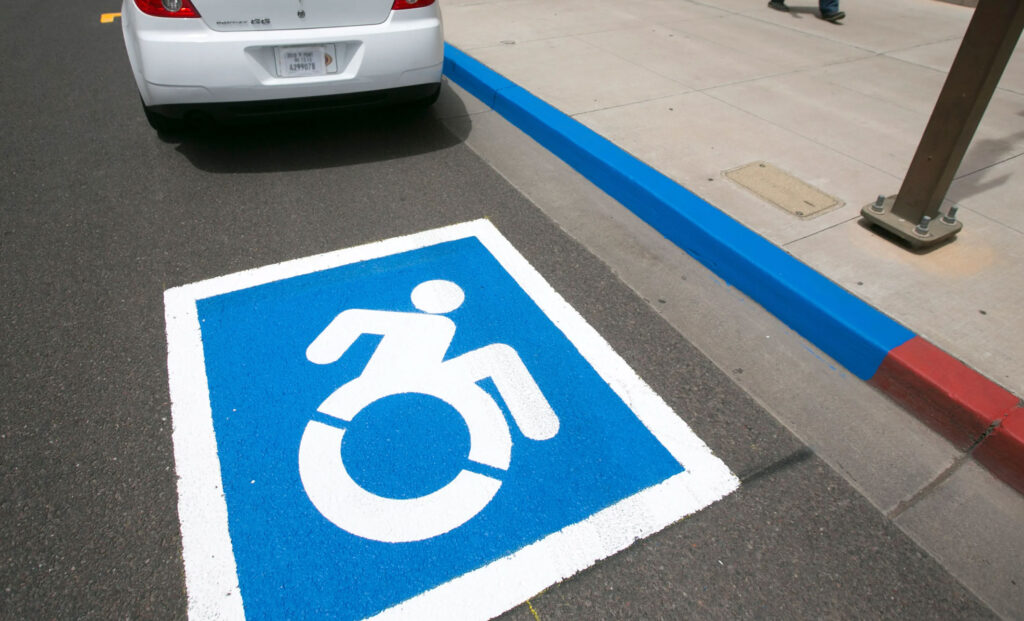
Interesting fact: humanity's universal second language (emojis) opts for the 2011 icon. See it here... ♿️
Kitchen Utensils for Arthritic Cooks
I was a student of Industrial Design at Georgia Tech in the late 1990s. Just out of high school, I was excited to bring art and engineering together to design some cool products. Cars? Motorcycles? Then my professor brought in a potato peeler from a relatively unknown company called OXO. What could be more boring? A POTATO PEELER?!

But I listened as the professor told the story. OXO recognized elderly people had difficulty preparing their meals because many food prep utensils were painful to use. The potato peeler, for decades, had only been upgraded with a plastic coating to soften the edges of the handle.
Yet for seniors or anyone with arthritis, peeling vegetables was still painful to the hands and wrist. OXO solved these problems with ridiculously large handle grips that were lovely to touch. After testing the product, OXO discovered that everyone loved their new potato peeler.

OXO didn't market the potato peeler to seniors but instead popped it on the shelves next to all the other kitchen gadgets. The OXO Good Grip sold like crazy. Soon OXO upgraded other kitchen utensils: can openers, pizza cutters, and ice cream scoops.
Now 30+ years later, pretty much all kitchen utensils from every brand share DNA with OXO's considerate little potato peeler from the 1990s.
Sidewalk Boutique for the Homeless
I came across this story many years ago, maybe back in 2015 when I was first starting Smith House. I wanted to believe that you could do good work as a designer and make the world a better place. I wasn't the only one with big hopes!
Some creative people in South Africa wanted to give dignity to homeless people. Particularly, how we give our unwanted clothes to the poor and homeless. It's a generous act, but could we do it better?
Good design requires empathy. Let's imagine what it's like to be on the receiving end of that black trash bag filled with clothes. To a homeless person, it's painfully clear that all of their possessions are someone else's trash.
Even nice clothes feel less valuable when presented in a garbage bag. Plus there is a logistical defeat of sorting through dozens of garments, some falling to the ground as you look for something your size.
So they created the concept of Street Store. The same clothes are unpacked from the black trash bags, then hung individually, carefully displayed along a popular sidewalk in the heart of the city.
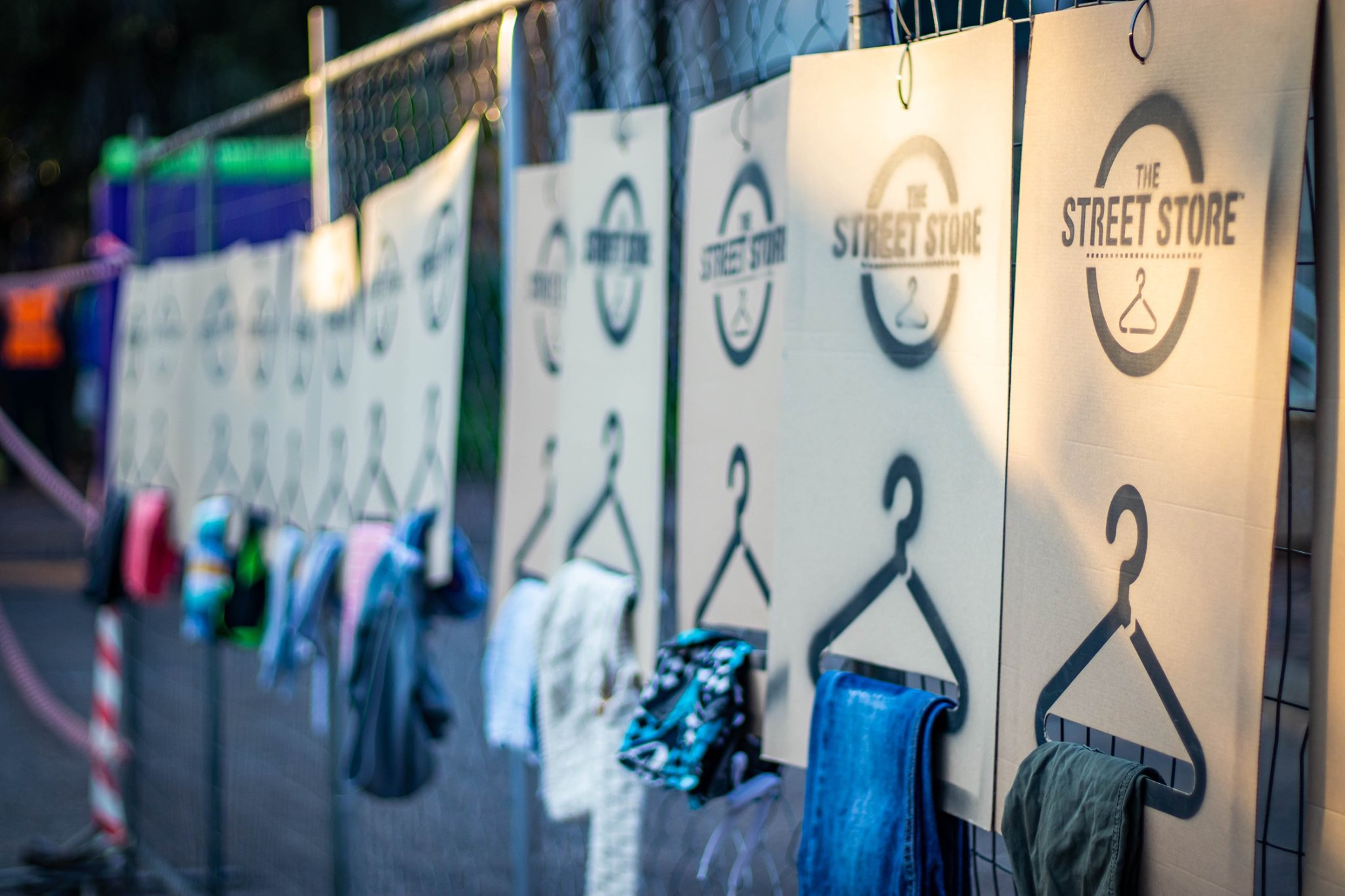

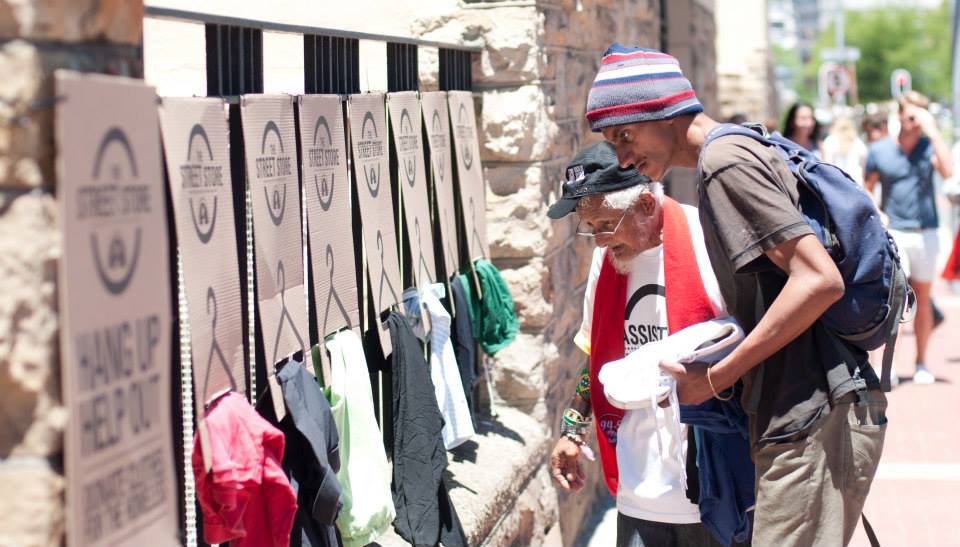
Now someone with very little resources can experience the same ritual of browsing through clothes at a store, trying on for fitting, and ultimately walking away with the rush of finding clothing that builds their confidence. Dignity!
Once a Street Store is set up, there are empty cardboard "hangers" inviting people to regift their clothes as well. Members of the community are thrilled to run into their apartment to bring out clothing and shoes that they no longer need. It's a beautiful, dynamic sidewalk boutique that makes everyone proud to be human.
One last detail on this... you could hang these clothes from ordinary hangers, but this only works when you have a closet-like rod in a public space. Very unlikely! So the "cardboard hangers" can easily be zip-tied to common fences that line our sidewalks.
Summary
These are beautiful stories, aren't they? As designers, we should all march out into our world and look for ways to make this world more human, more fraternal. To whom much is given, much is expected.
Maybe we do something big, but let's not wait for that opportunity. To finish, let me remix a famous quote from St. Teresa of Calcutta,
"You can design no great things, only small things with great love."
